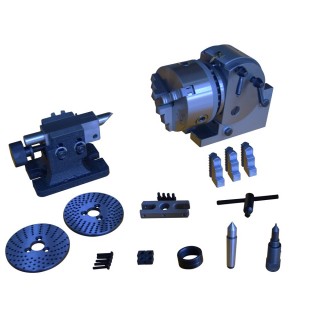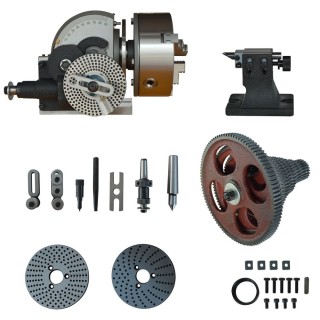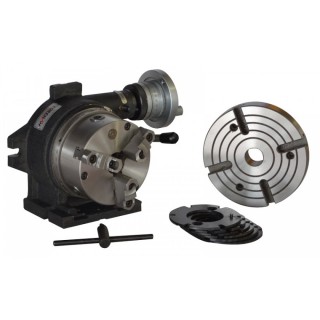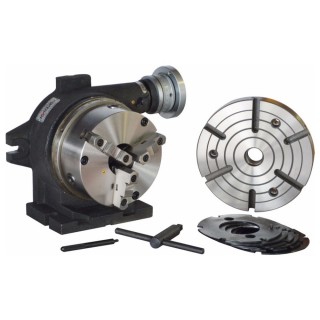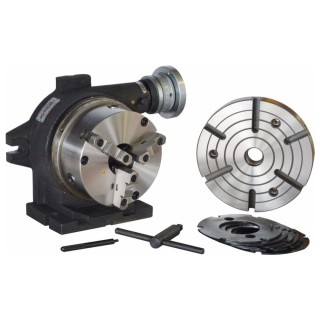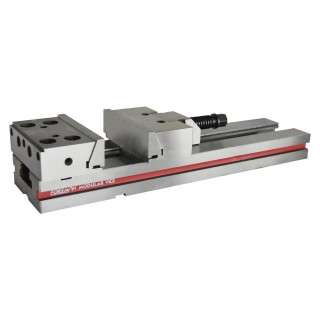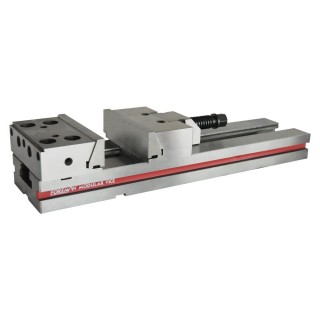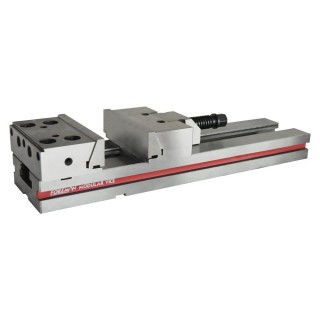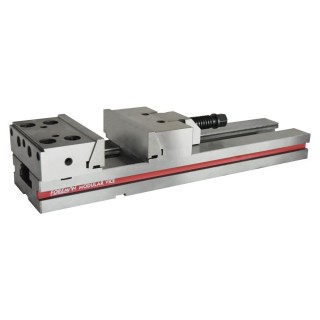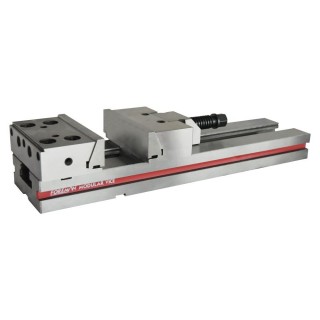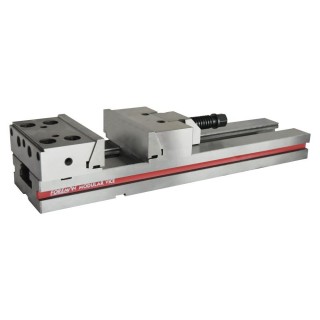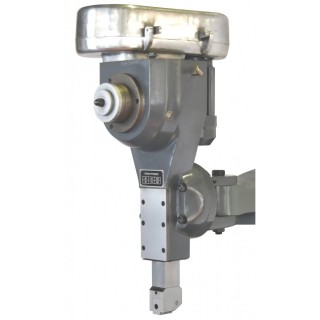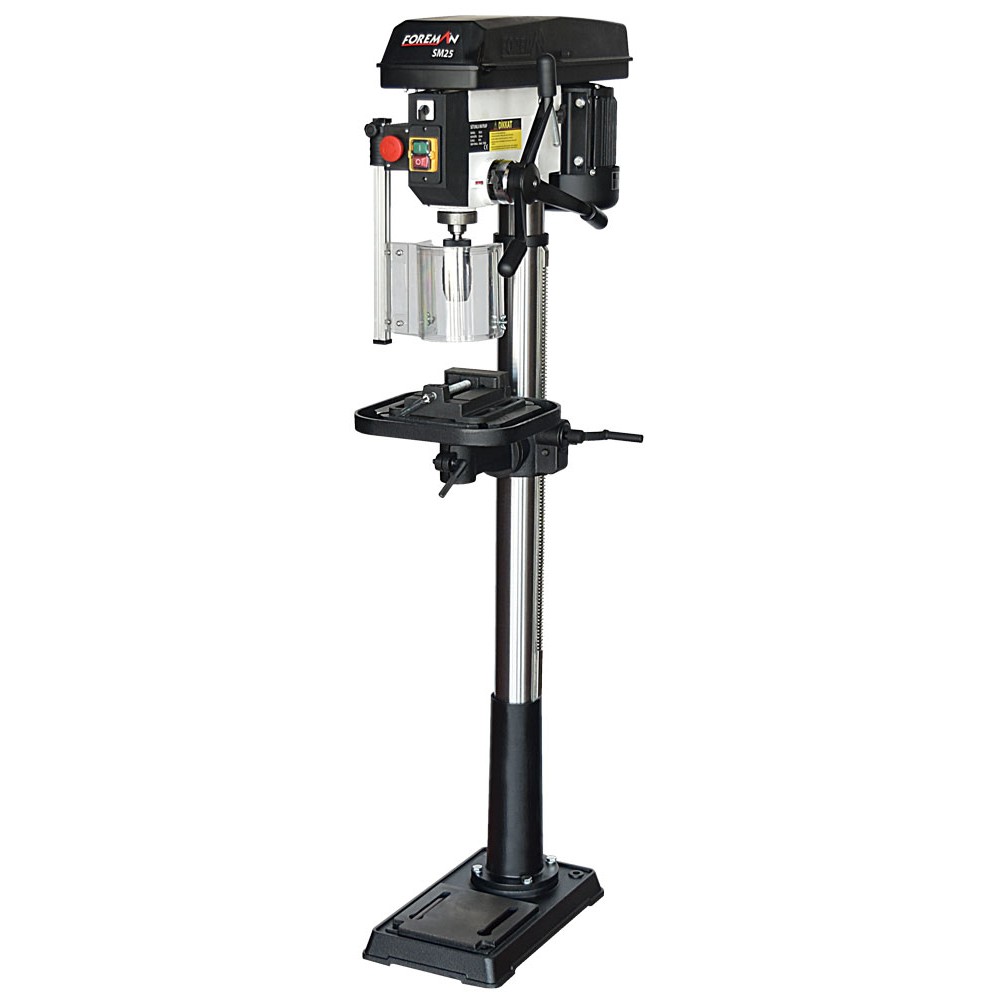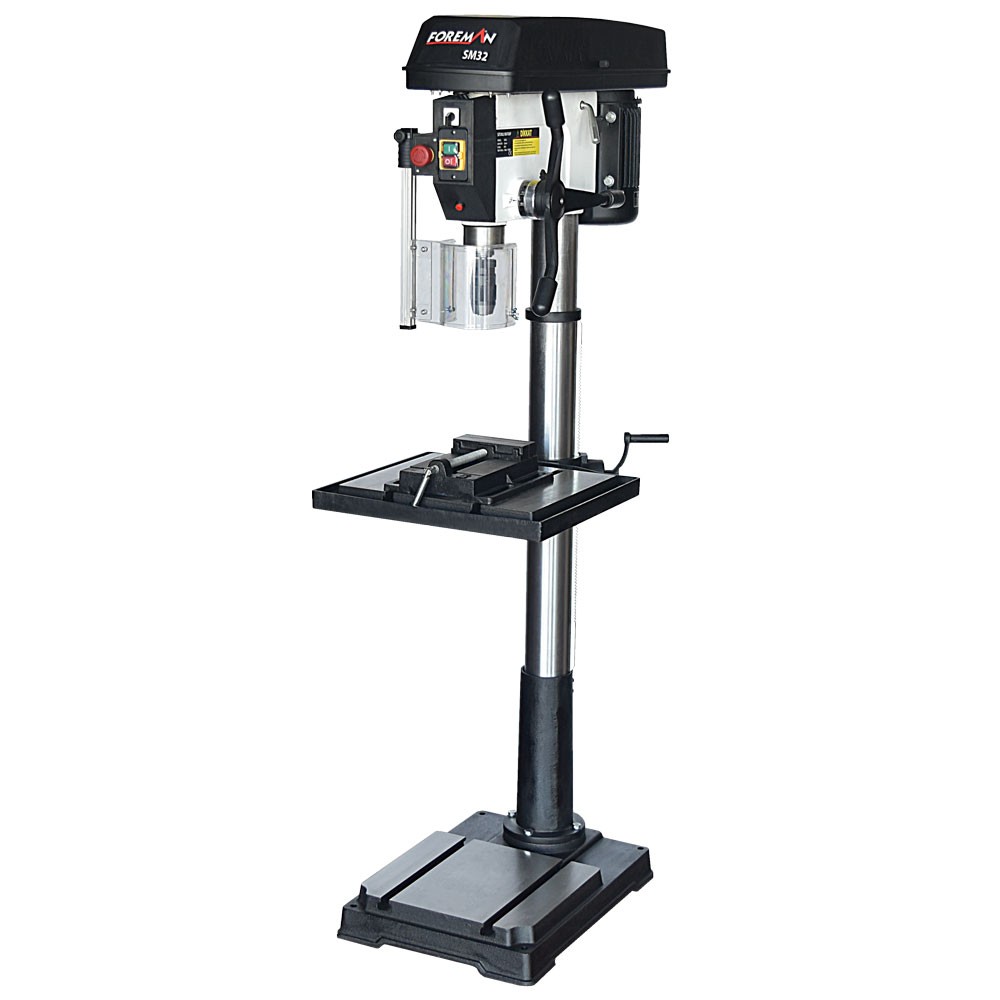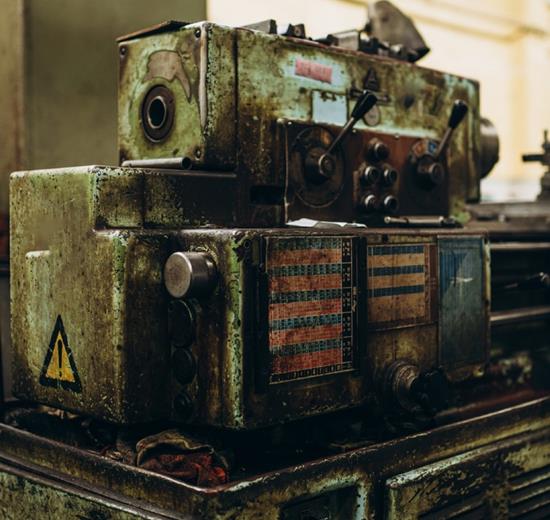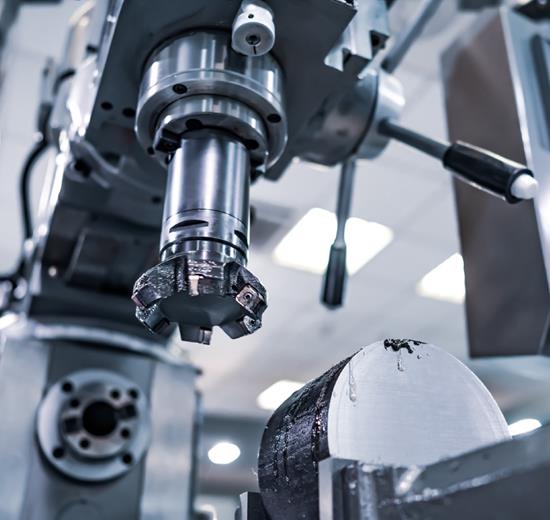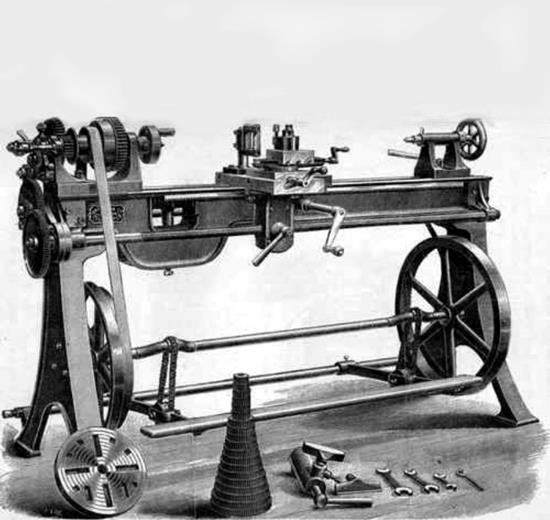13 mm Drilling Capacity
Desktop Use
220 Volt 350 Watt Motor
16 mm Drilling Capacity
Desktop Use
220 Volt 500 Watt Motor
16 mm Drilling Capacity
Copper Wound Motor
Right-Left 45 Degree Rotatable Table
220 Volt 550 Watt Motor
16 mm Drilling Capacity
Copper Wound Motor
Desktop Use
Right-Left 45 Degree Rotatable Table
20 mm Drilling Capacity
Copper Wound Motor
Right-Left 45 Degree Rotatable Table
380 Volt 550 Watt Motor
20 mm Drilling Capacity
Speed Control with Variator
Copper Wound Motor
Right-Left 45 Degree Rotatable Table
220 Volt 750 Watt Motor
32 mm Drilling Capacity
Right-Left Rotation
Copper Wound Motor
Right-Left 45 Degree Rotatable Table
380 Volt 1500 Watt Motor
SIK SORULAN SORULAR
Bench driller work with a drill bit or drill bits rotated by an electric motor. The general working principle is as follows.
Electric Motor: Bench driller are usually powered by electric motors. The electric motor allows the drill to rotate.
Hole Pecking: Hole drilling is done according to the pecking method. In order to prevent chip jamming, the arm is pressed for a certain period of time for drilling, then it is withdrawn and pressed again for drilling. If large diameter holes are to be drilled, the hole should first be drilled with a small diameter and then expanded with a large diameter.
Hole Diameter Adjustment: When drilling the hole, if the diameter of the hole is small, high speed is selected, and as the diameter increases, the speed is reduced.
Drill Bit and Column: The drill bit is the part used to open the hole. This bit is mounted on a column at the top of the drill. The column controls the vertical movement of the drill. The drill bit makes a rotational movement to penetrate the material and drill the hole.
Drill Table: Bench driller usually have a drill table at the bottom. This table provides support under the workpiece. The workpiece is fixed by placing it on the table and the drill bit is lowered onto the workpiece.
Lever and Trigger: The drill is usually controlled by a lever and trigger mechanism. The lever allows the drill bits to be lowered and raised towards the workpiece. The trigger controls the operation of the drill.
Speed and Depth Adjustment: Some Bench driller have additional features for adjusting drill speed and hole depth.
During operation, the operator uses the handle of the drill to lower the drill bit towards the workpiece. The drill bit makes a rotational movement to drill the workpiece. As the workpiece is fixed on the drill table, the hole is created in the correct position. In this way, bench driller are used to drill holes in various materials.
Bench driller are versatile drills with a wide range of applications. Bench driller are preferred for drilling operations in areas such as metal processing, wood processing, plastic and composite materials, glass and ceramic processing, automotive, hobby and home projects.
Power: Depending on the type, thickness and working time of the material to be processed, it is important to choose a bench driller with the appropriate power. Generally, higher power drills are preferred for harder materials (such as metal). The most important factor to be considered for intensive working hours is to choose higher engine power.
Drill Bit Diameter and Torque: Considering the size and depth of the holes to be processed, you should choose the appropriate drill bit diameter and torque value of the drill.
Speed Setting: Choosing a bench driller with speed settings that vary according to the type of material to be processed allows you to achieve better results. Generally, higher speeds may be required in metal operations, while lower speeds are preferred in wood and plastic operations. It should be noted that the larger the diameter, the lower the speed and feed, and the smaller the diameter, the higher the speed and feed.
Drill Table and Fixing System: A solid and stable drill table or clamp system is important for fixing the workpiece. This ensures that the workpiece is securely fixed and remains in the correct position. Failure to stabilise the workpieces to be drilled carries the risk of causing occupational accidents.
Precision and Durability: For precision operations, it is important to choose a high-quality bench driller that provides accuracy and durability. Those with a quality construction can last longer and require less maintenance.
Brand: After the buying and purchasing process, it is important to choose a customer-orientated brand. The Foreman brand stands out at this point with the high performance of the products and customer support.
Service and Spare Parts: It is important to choose brands with stocked spare parts, fast delivery and reliable service network so that your work in your business or hobby workshop is not affected due to technical problems that may occur.
Regular maintenance of pillar drills is very important to improve their performance and ensure their long life. Here are some basic steps for the maintenance of pillar drills:
Cleaning: After each use, it is important to clean all parts, including the drill bit and drill table. Material debris and dust accumulated on the drill bit can affect performance and reduce cutting quality.
Lubrication: It is important to lubricate the drill bit and other moving parts when necessary. This reduces friction and ensures proper functioning of the parts. Lubrication products should be used in accordance with the instructions.
Check and Adjustments: All adjustments and connections on the drill should be checked at regular intervals. If necessary, adjustments should be made to ensure the accuracy of the drill table and other parts. The sharpness of the bits used should be checked.
Power Cord and Plug Check: The power cord and plug should be checked regularly and replaced if damaged. Ensure that the cables and plug are secure before use.
Safety Checks: Ensure that safety precautions are working properly. Use safety glasses, ensure that the drill is securely mounted and that the work area is tidy.
Professional Maintenance: Especially in case of major damages or performance degradation, support from our service is required. Our technical service team can identify serious problems and carry out the necessary repairs.
The maintenance steps provide a guide on how to regularly maintain Bench driller. Regular maintenance improves the performance of the drill and ensures its safe use.
Foreman brand amateur type or designed for use in hobby workshops; There are SM13 Bench driller, SM16 Bench driller, 16A Bench driller and 20V Bench driller models.
Bench driller are very powerful tools that must be used carefully in terms of safety. Here are some basic safety precautions to be taken when drilling holes with Bench driller.
Eye and Ear Protection: Particles and noise from the drill can damage eyes and ears. Always wear safety glasses and hearing protection.
Appropriate Clothing: Clothes with wide sleeves and dangling items such as jewellery should not be used. Clothing should fit snugly and minimise the risk of getting caught in rotating parts.
Work Gloves: Using work gloves can help prevent hand injuries. However, non-elastic gloves that do not pose a risk of pinching should be preferred.
Work Area Organisation: The work area should be clean and tidy. Potential sources of danger should be avoided. In addition, the work area should be empty and adequate lighting should be provided during the drilling process.
Drill Bit Inspection: The drill bit must be positioned correctly before contacting the workpiece. Also, the drill bit should not touch the workpiece until the drilling operation is completed.
Power Check: Before starting the drill, make sure that the power cord and plug are secure. It is also important to disconnect the plug from the socket when the drill is switched off.
Correct Drill and Speed Setting: The appropriate drill bit should be selected for the material to be processed and the correct speed setting should be made. Incorrect drill or speed setting can cause hazards such as shredded material or drill breakage.
Expertise and Training: Before using pillar drills, it is important that users receive proper training and become competent. Knowledge of proper handling techniques can help prevent accidents.
These measures are basic steps that can be taken to improve safety when working with pillar drills. Users should always follow occupational safety rules and work carefully.
Choosing the right drill and speed setting depends on the type of material to be machined, the drill bit diameter and the requirements of the drilling operation. Here are some basic steps for selecting the correct drill and speed setting.
Material Type: Determine the type of material to be machined. Different materials such as metal, wood, plastic, ceramic, concrete, etc. require different drill bits and speeds.
Drill Bit Diameter: Select the appropriate drill bit diameter for the material to be machined. As a general rule, larger diameter drill bits work at lower speeds, while smaller diameter drill bits work at higher speeds.
Speed Range: The speed of Bench driller can usually be varied. Select the appropriate speed range depending on the type of material to be machined and the drill bit diameter. Observe the speed ranges specified in the drills' instruction booklet or the manufacturer's recommendations.
Cutting Speed: Determine the appropriate cutting speed for the material to be machined. In general, lower cutting speeds may be required for metal machining, while higher cutting speeds are preferred for wood and plastics machining.
Trial and Error: Before you begin machining, do a trial run with your chosen drill and speed setting. Check that you are getting the desired results in the material being machined. If necessary, make adjustments and repeat the trial.
Application Area: Consider the characteristics of the workpiece and the requirements of the drilling process. Lower speeds and appropriate drill bit diameters are preferable for jobs requiring precise drilling.
Professional Advice: In case of uncertainty or if you have special requirements, you can contact our customer representative or service department.
Choosing the right drill bit and speed setting ensures that the workpiece is machined correctly and helps the drills to last longer.
Some common problems that can be encountered when using a pillar drill and their solutions can be as follows:
Blunting of the Drill Bit: Dulling of the drill bit is when the cutting edges are not sharp enough. Blunting of the bit can cause the hole drilling process to be more difficult or slower. In addition, drilling with a blunted drill bit strains the drill motor and causes it to heat up. Blunting is usually caused by material debris, incorrect speed or excessive temperature. It is necessary to re-sharpen or replace a dull drill bit.
Drill Bit Breakage: Drill bit breakage can be caused by incorrect speed setting, material inaccuracy or drill bit diameter not suitable for the material being processed. In this case, the correct drill bit selection and appropriate speed setting should be made.
Using Wrong Drill Bit: Using the wrong drill bit causes the drill to jam and cause the drill to be forced and heated. Metal should be drilled with metal drill bit and wood should be drilled with wood drill bit.
Sticking of the Drill Bit: The drill bit may get stuck in the material during the process. This is usually caused by high drill speed or drill bit diameter not suitable for the material being processed. The drill speed should be reduced or a suitable drill bit should be used.
Warping or Bending: The drill bit may warp or bend in the material being machined. This is usually caused by high drill speed, large drill bit diameter or insufficient pressure during machining. The correct speed and pressure should be used.
Hole Quality: The material being machined may have undesirable hole quality (e.g. burning, cracking, chip formation, etc.). This is usually caused by not using the appropriate speed and feed rate. The correct speed and feed rate should be selected and the drill bit should be changed when necessary.
Tool Failures: Failure or jamming of parts in the drill tool (e.g. column, spindle, table, etc.) may occur. In this case, the jammed part should be loosened, lubricated or repaired if necessary.
Safety Issues: There may be situations such as not taking appropriate safety precautions or not using safety equipment to prevent accidents. In this case, work safety rules must be followed and necessary protective equipment must be used.
We provide the fastest service to our customers with our rich spare parts stock and professional service network. Original spare parts are supplied by Foreman instead of third party sellers. You can contact us when you encounter any problem.
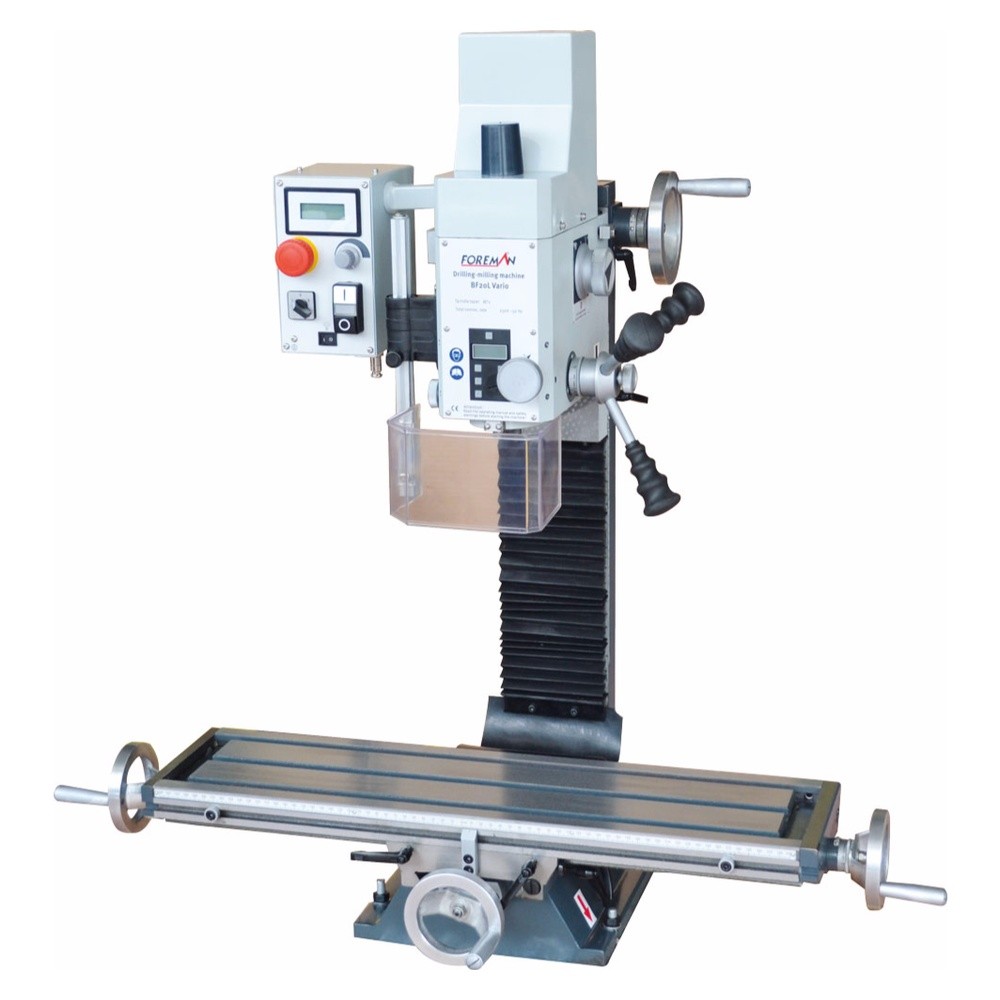
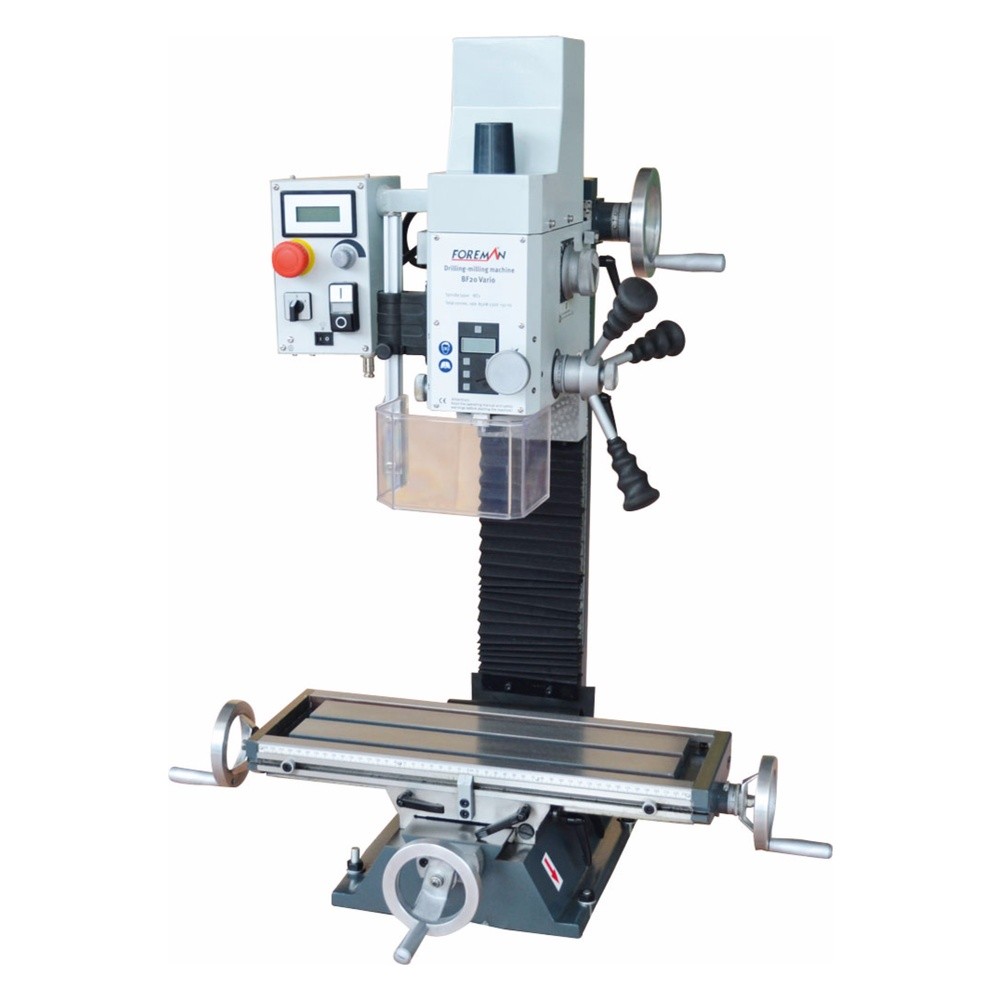
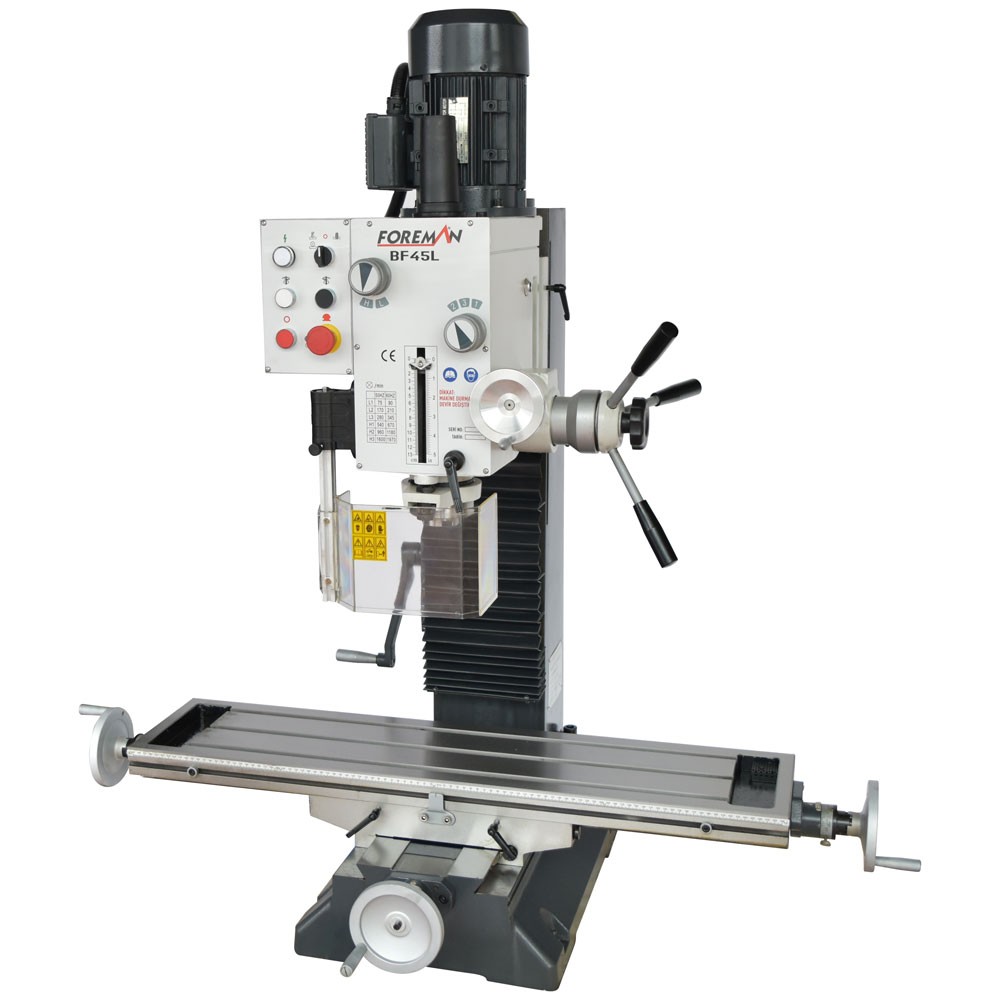
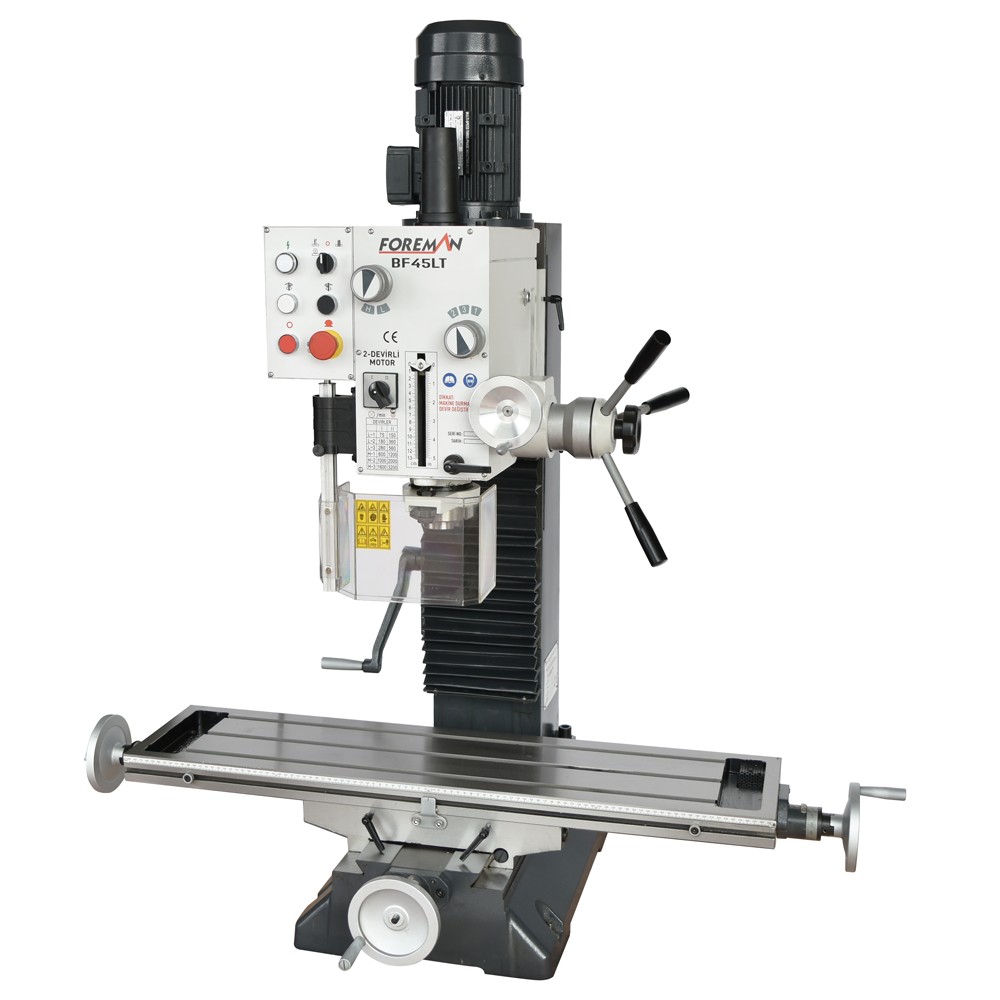
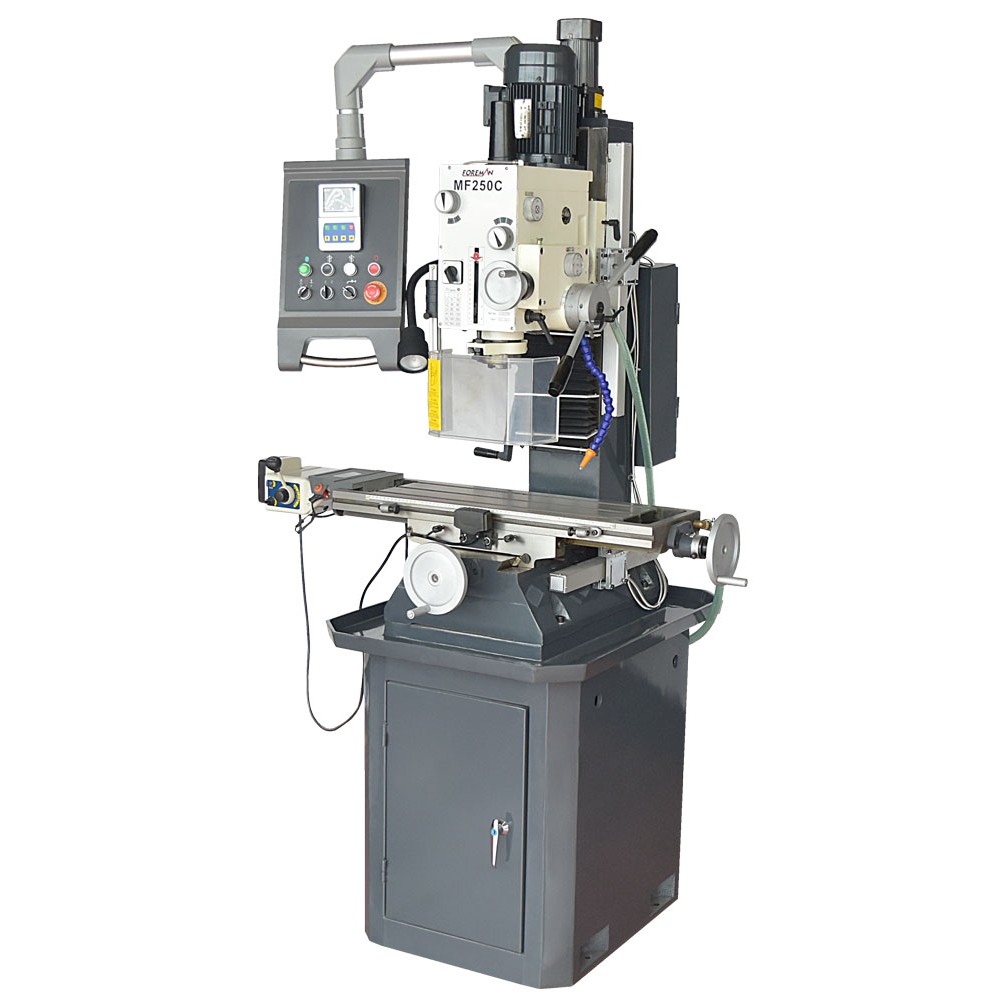
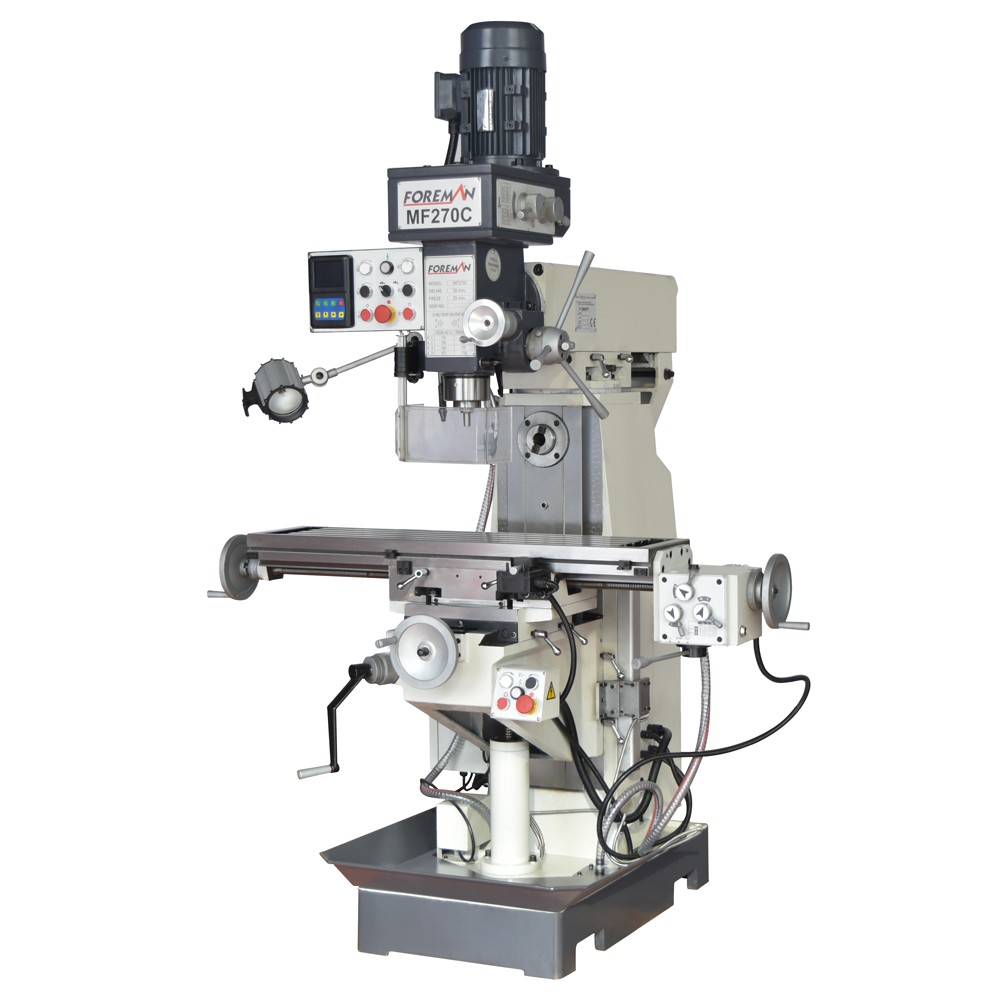
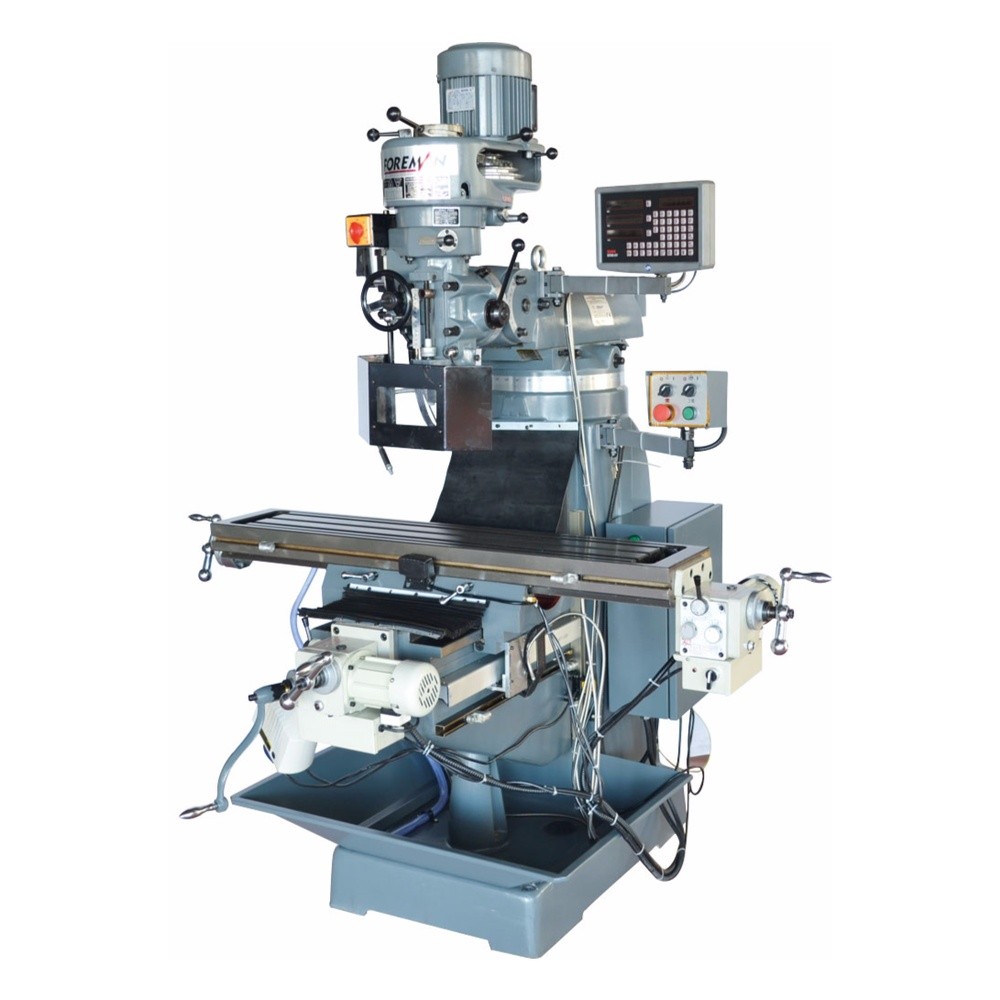
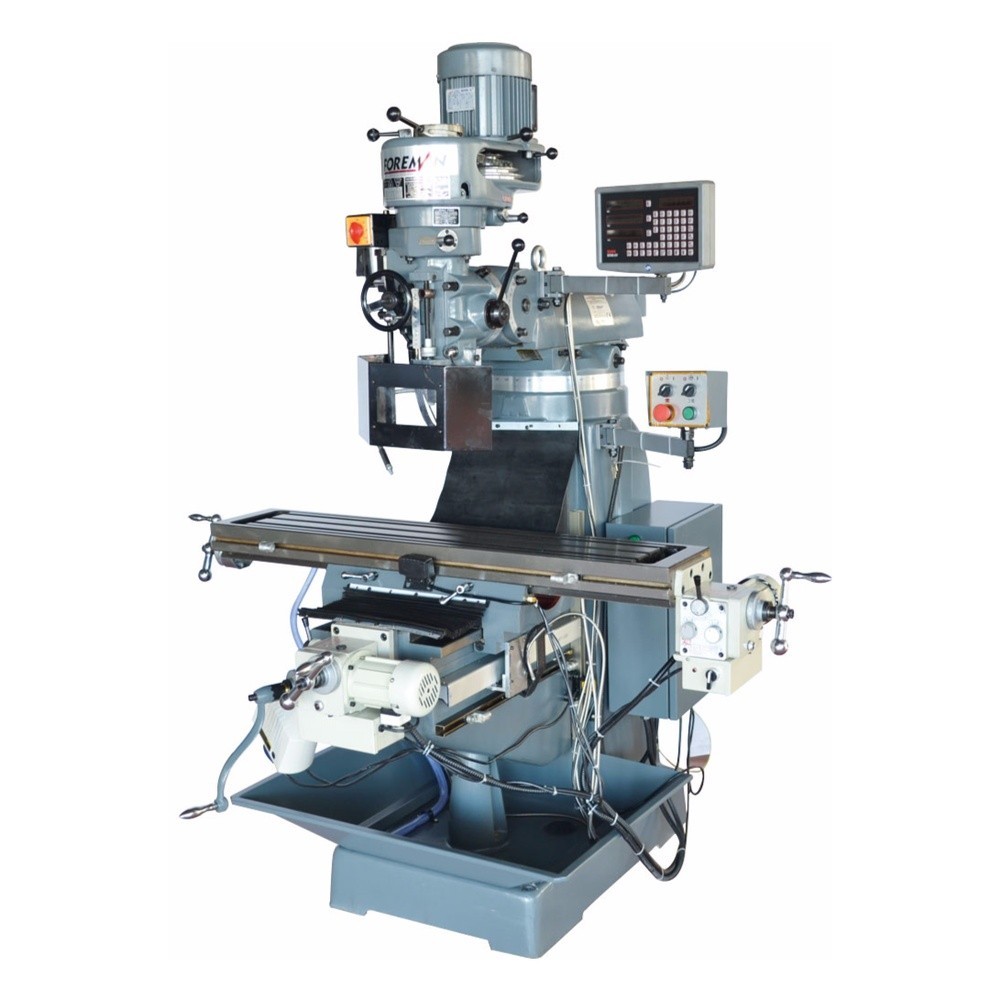
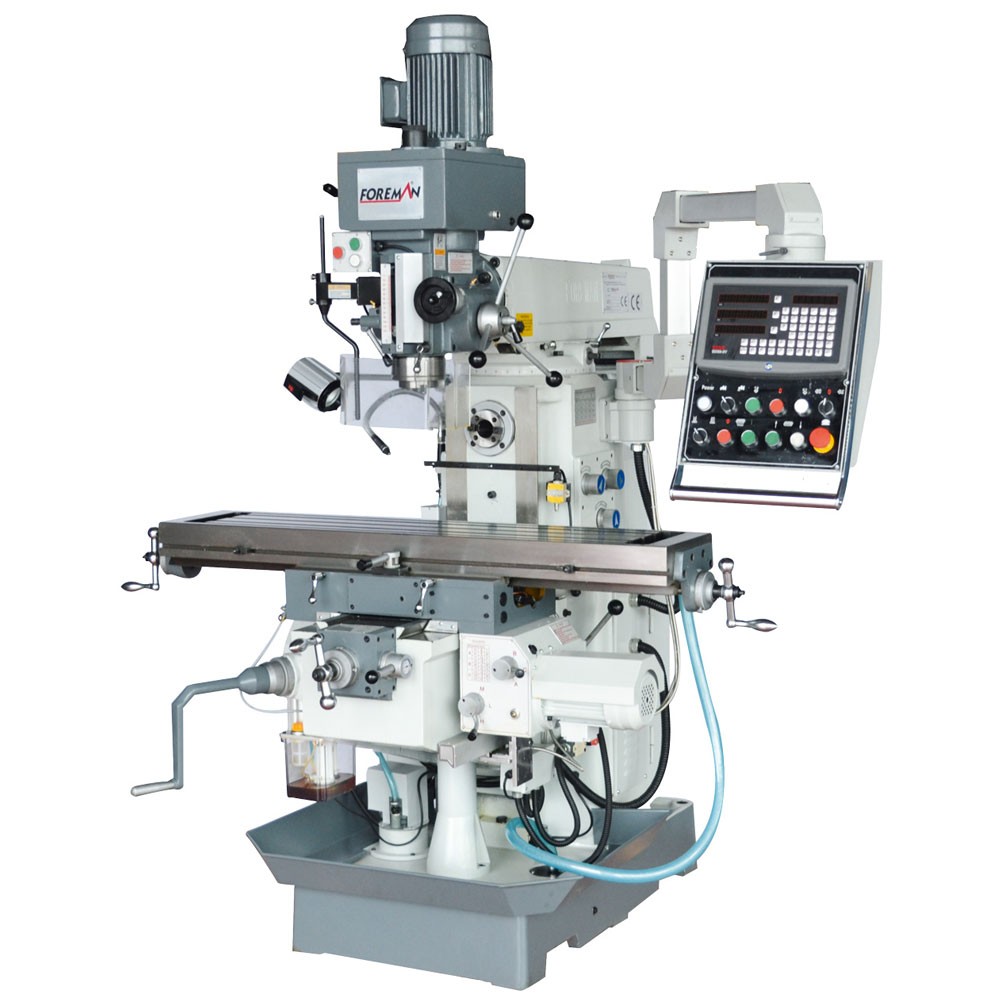
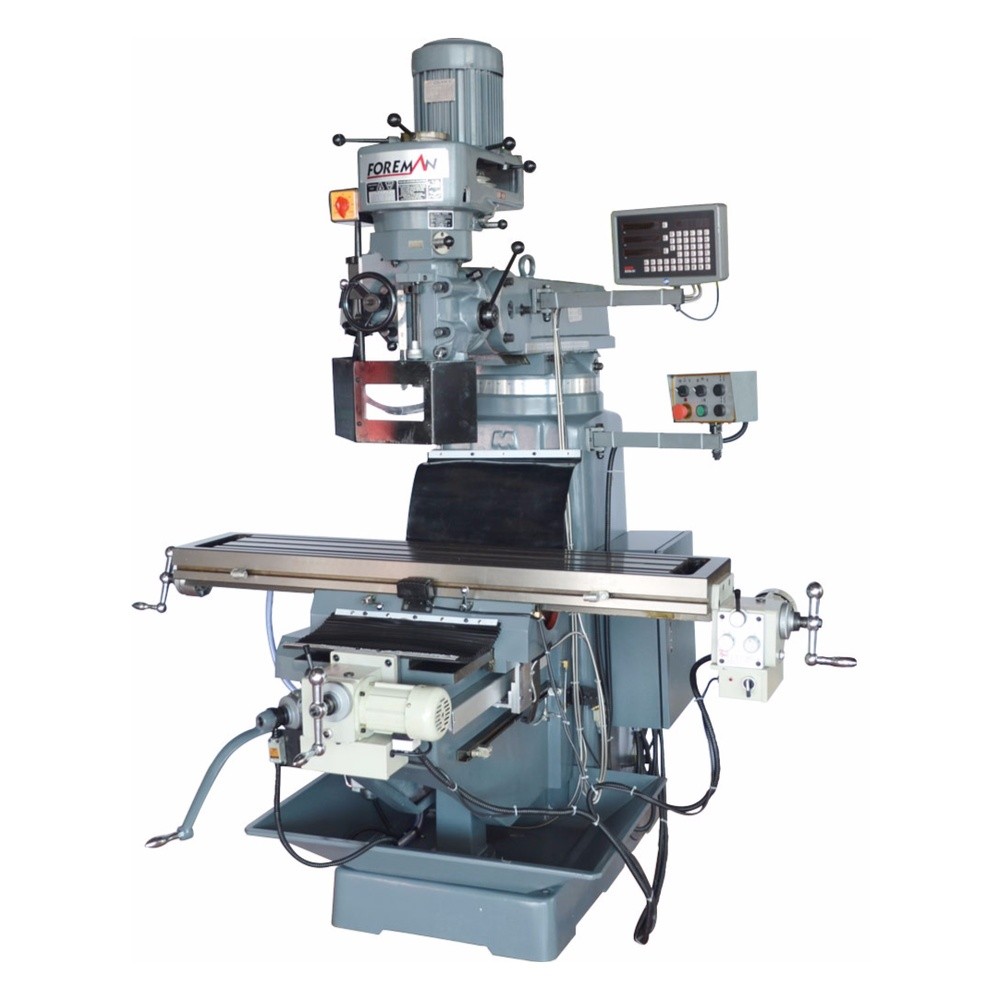
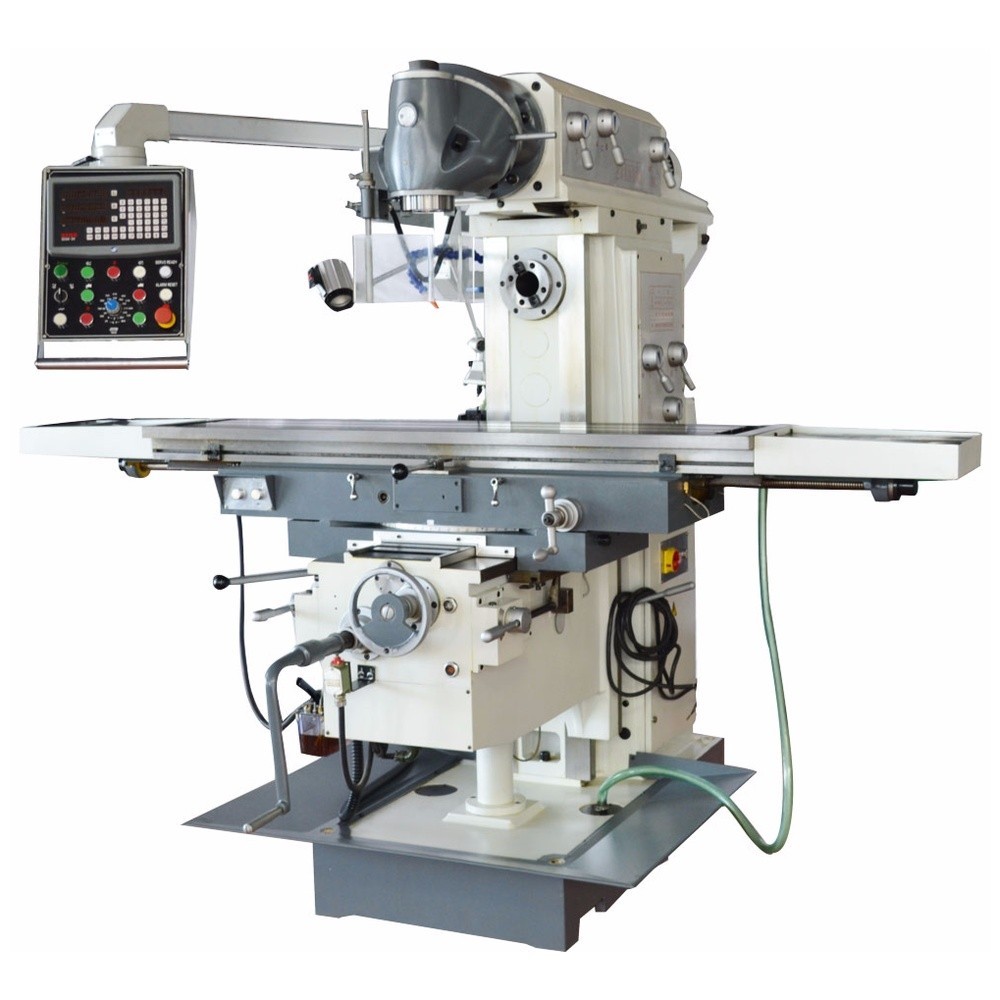
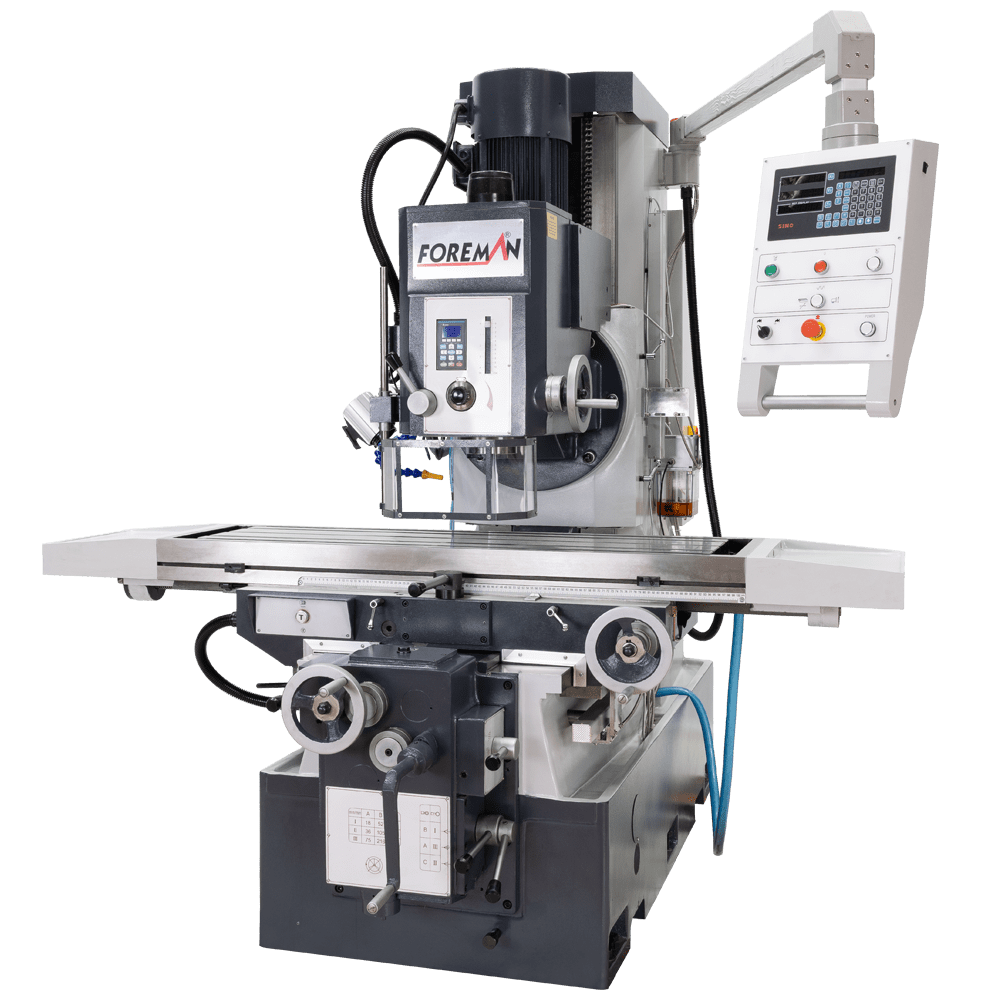
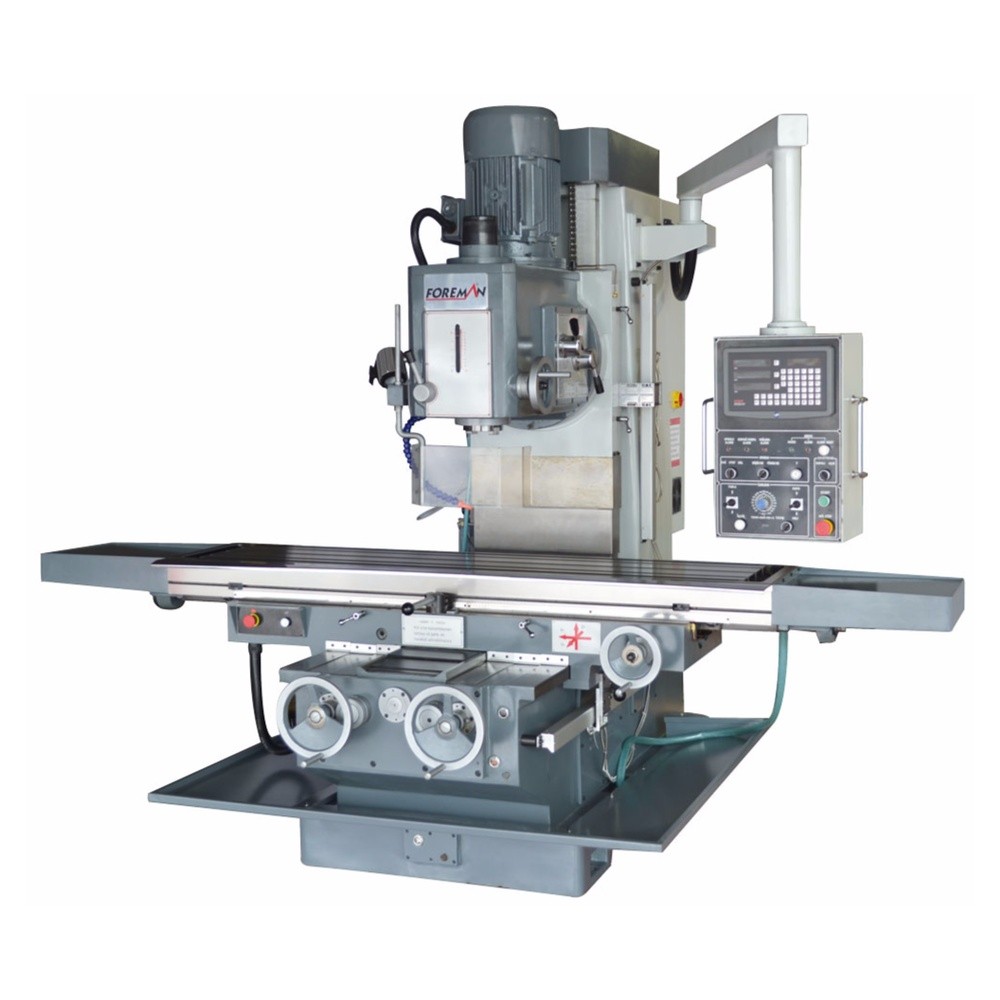
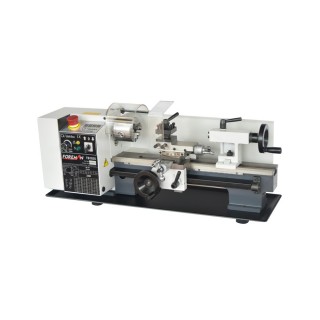
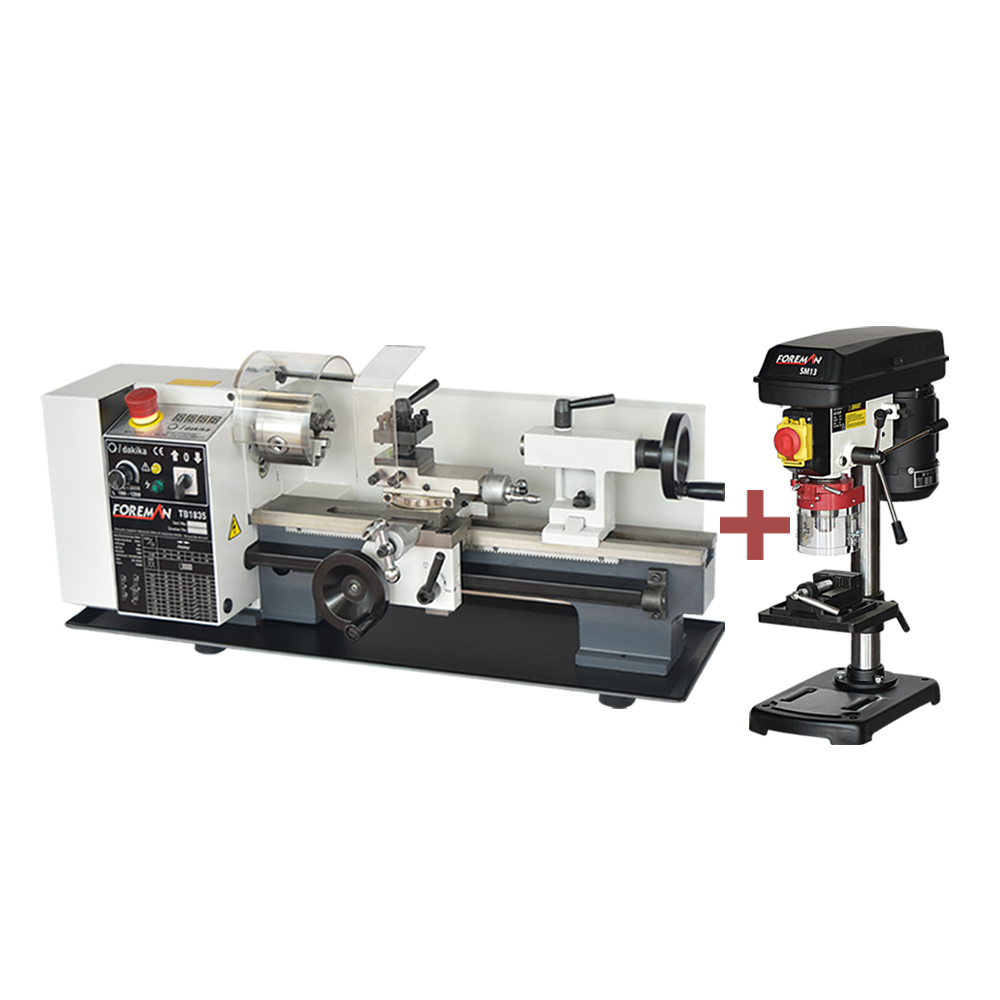
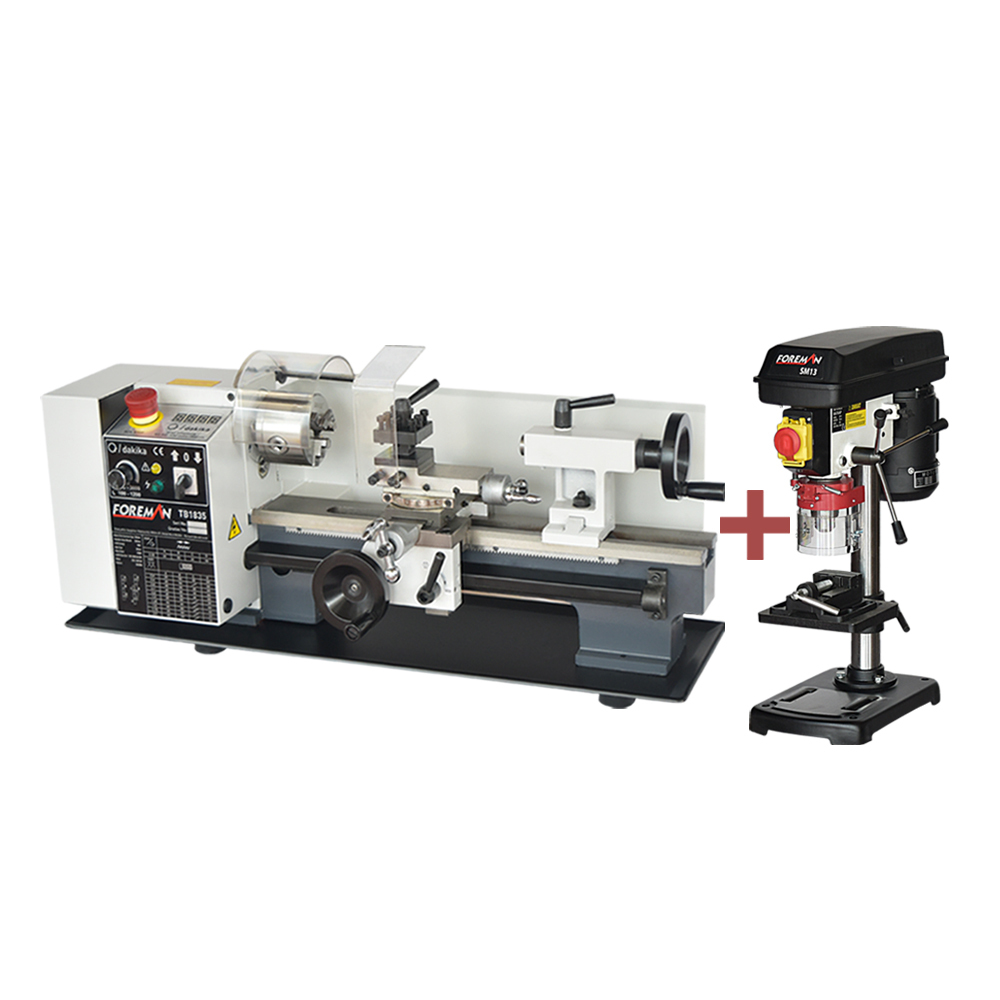
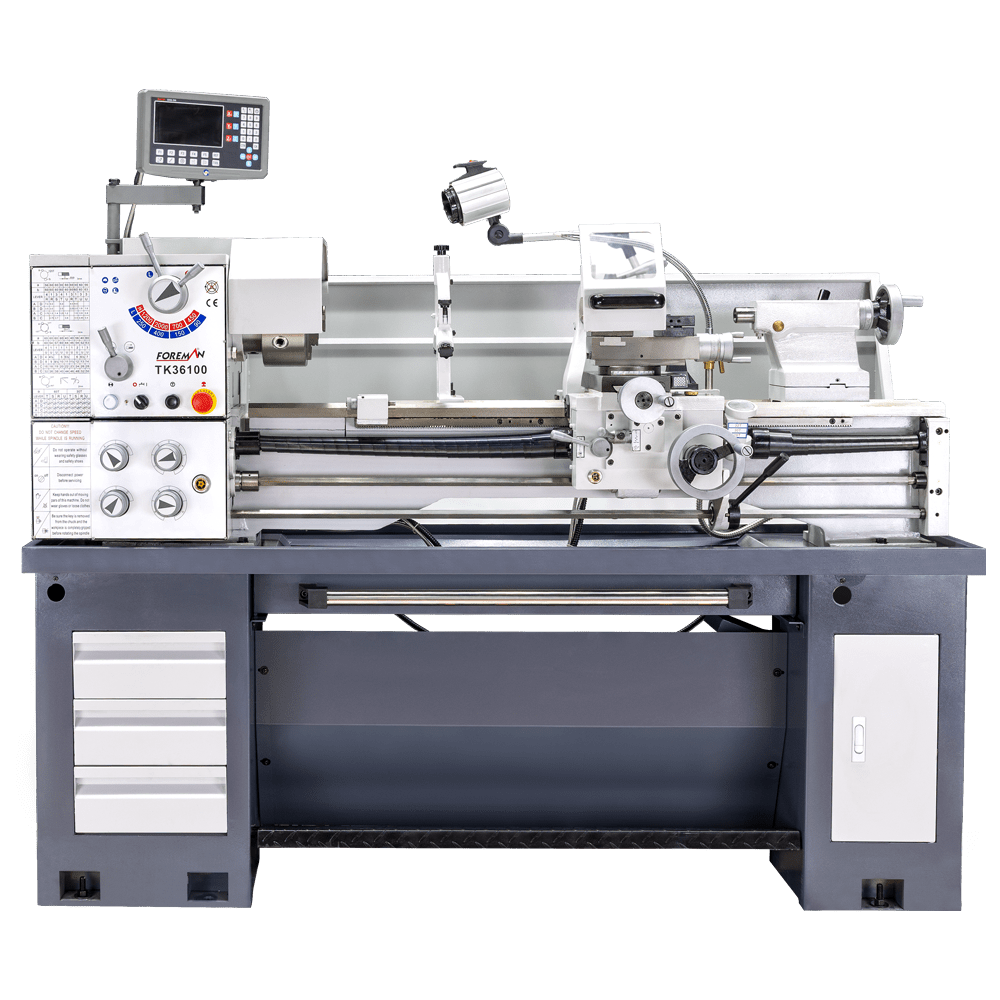
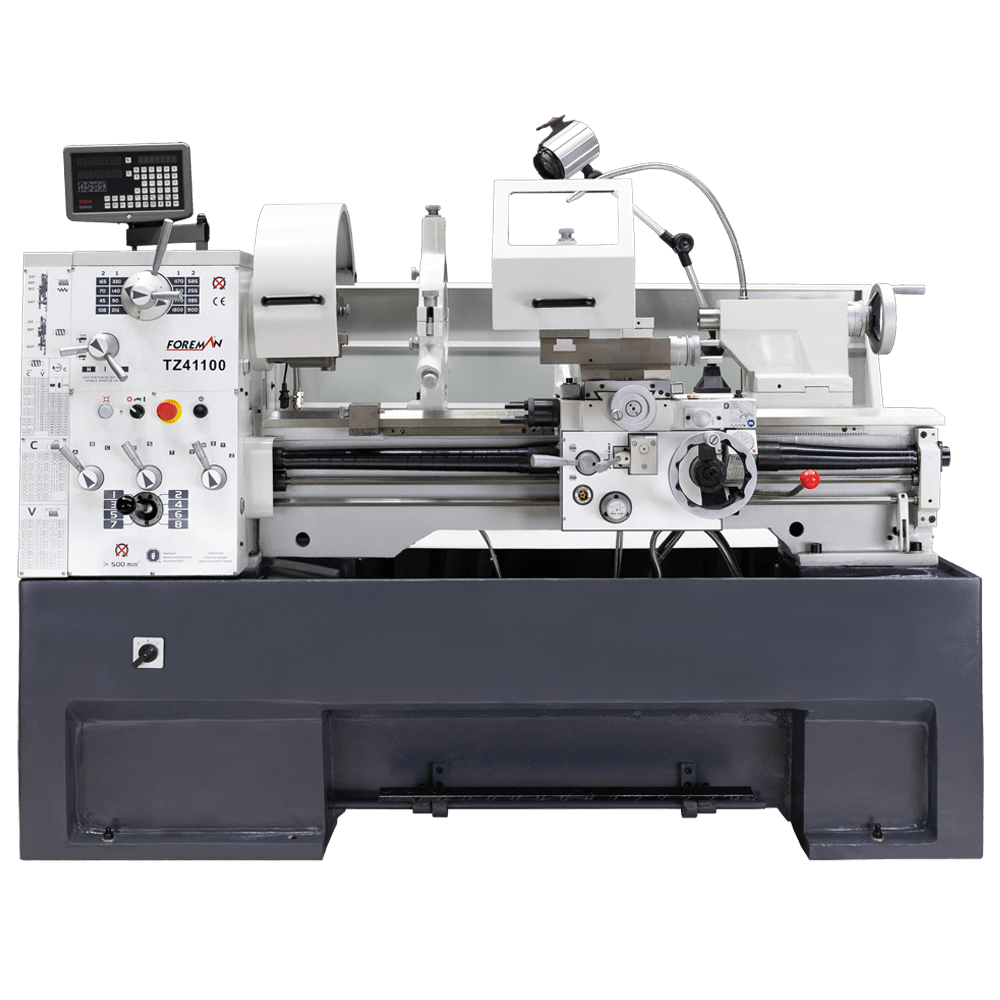
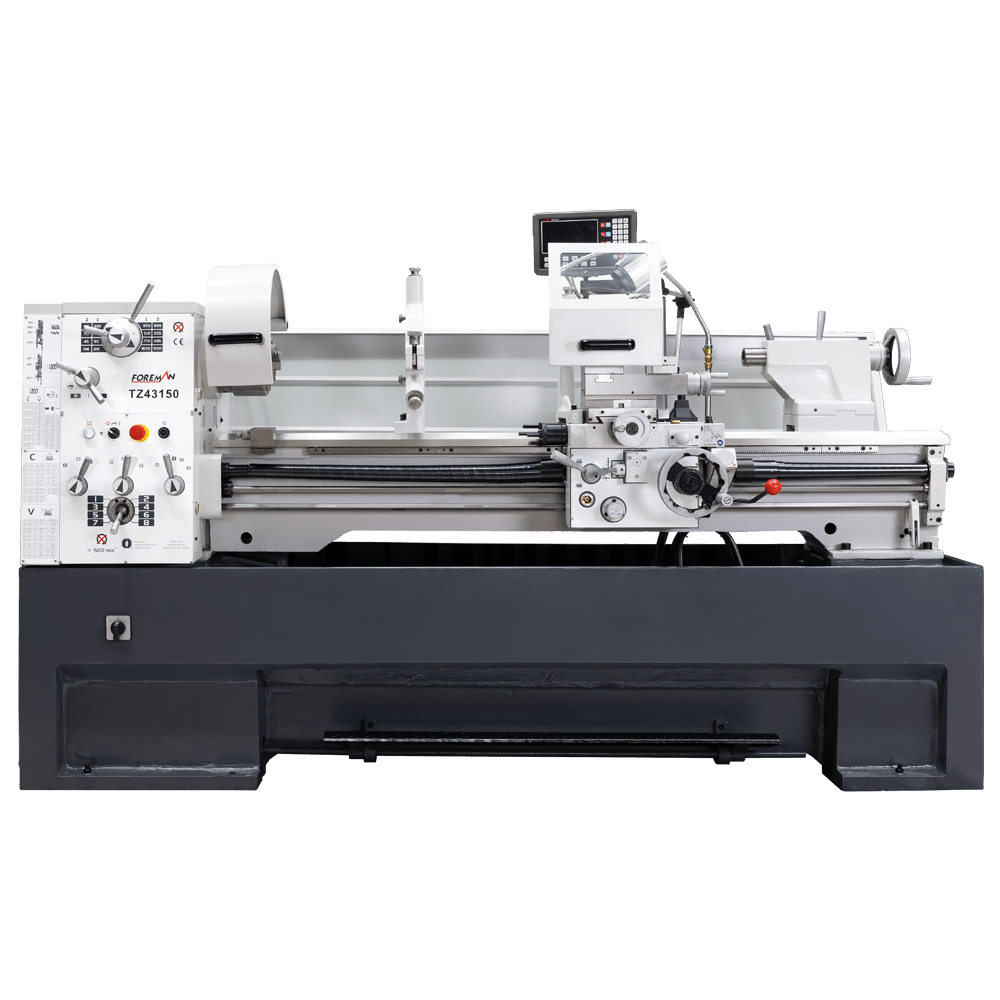
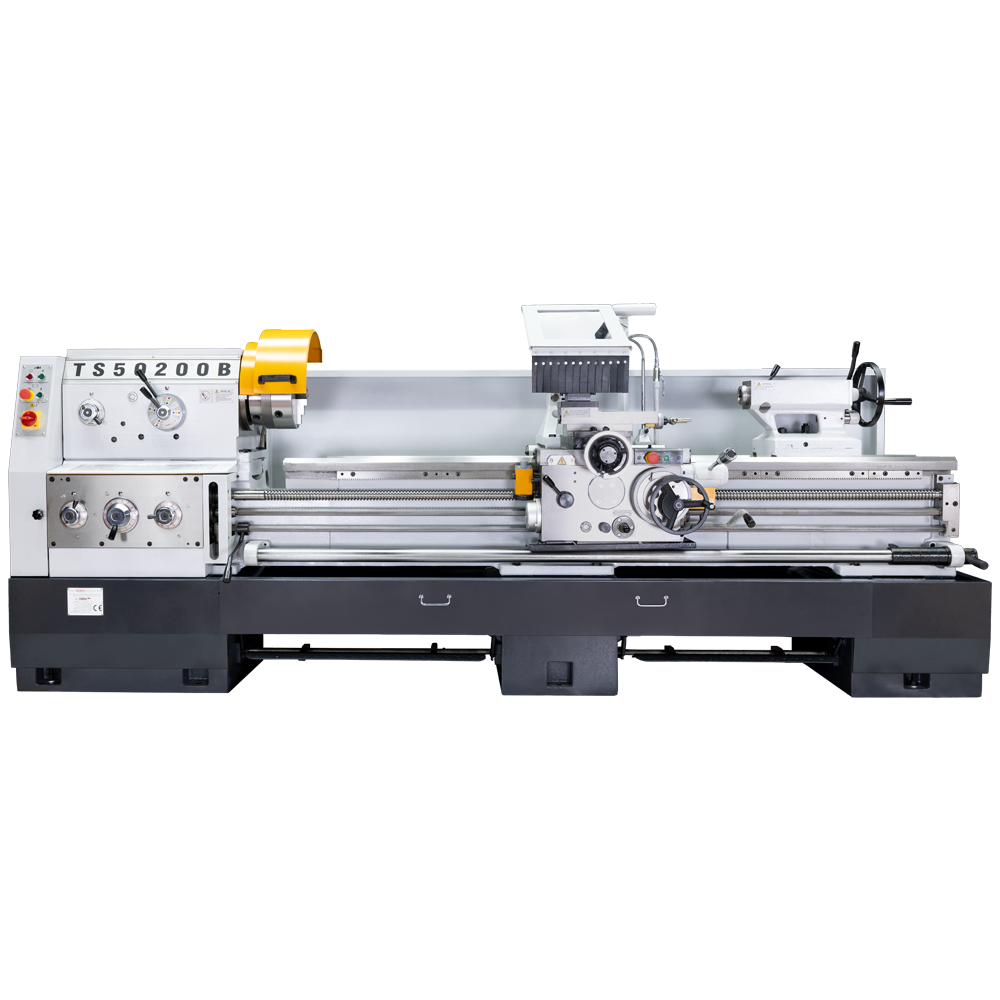
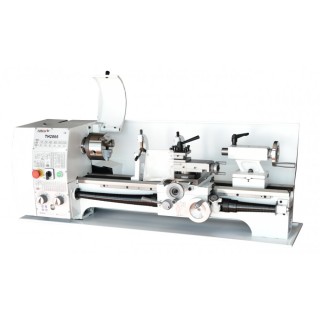
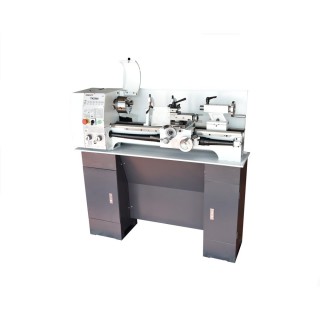
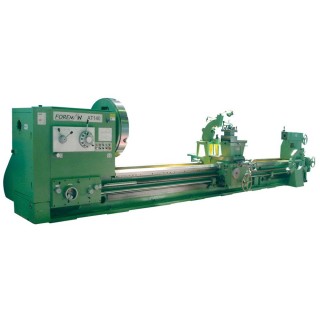
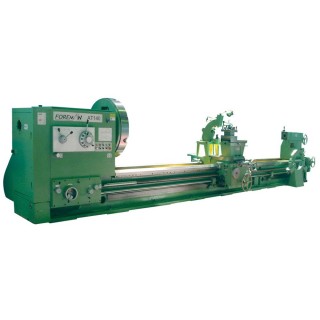
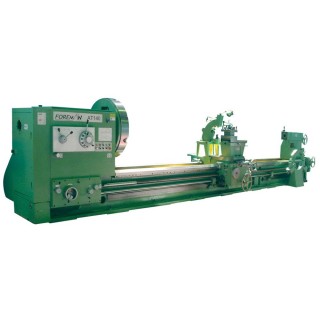
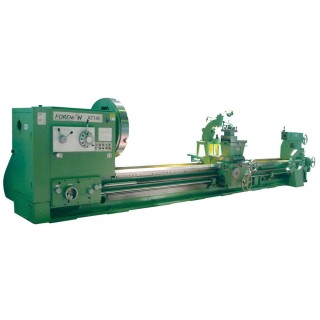
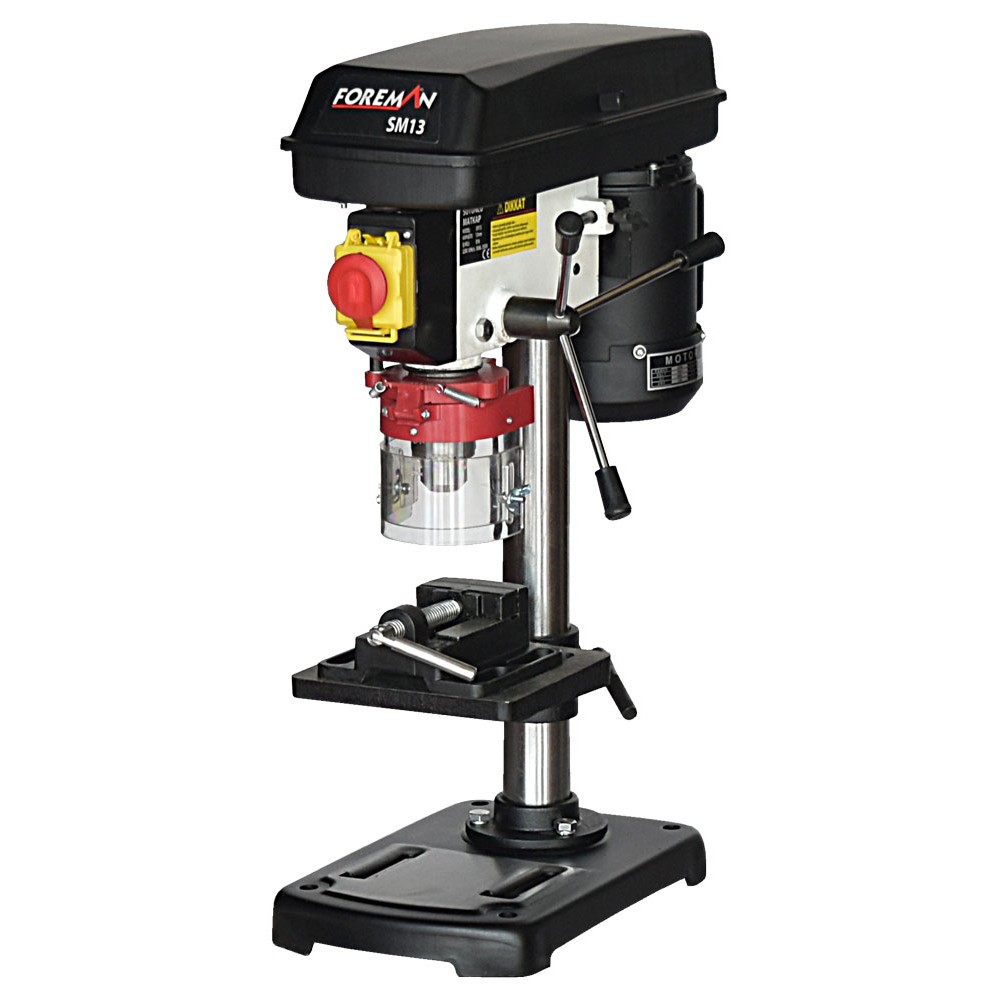
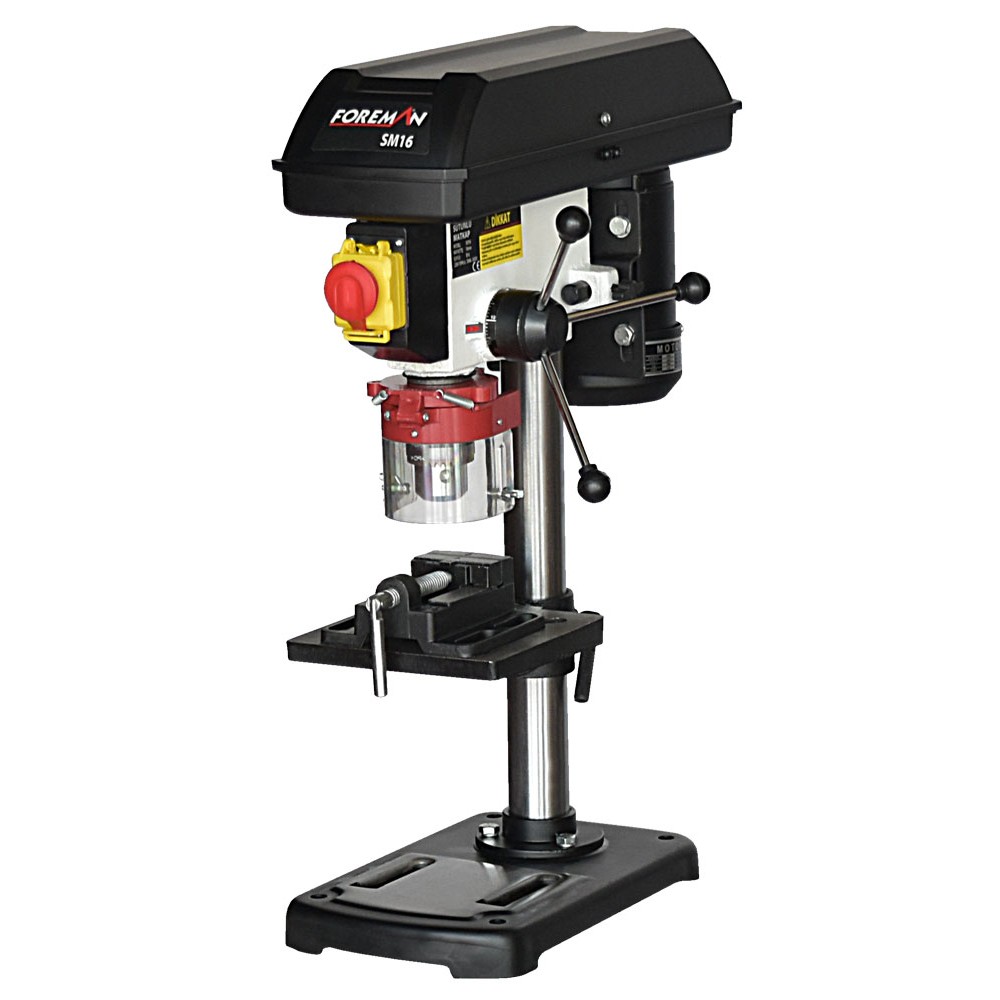
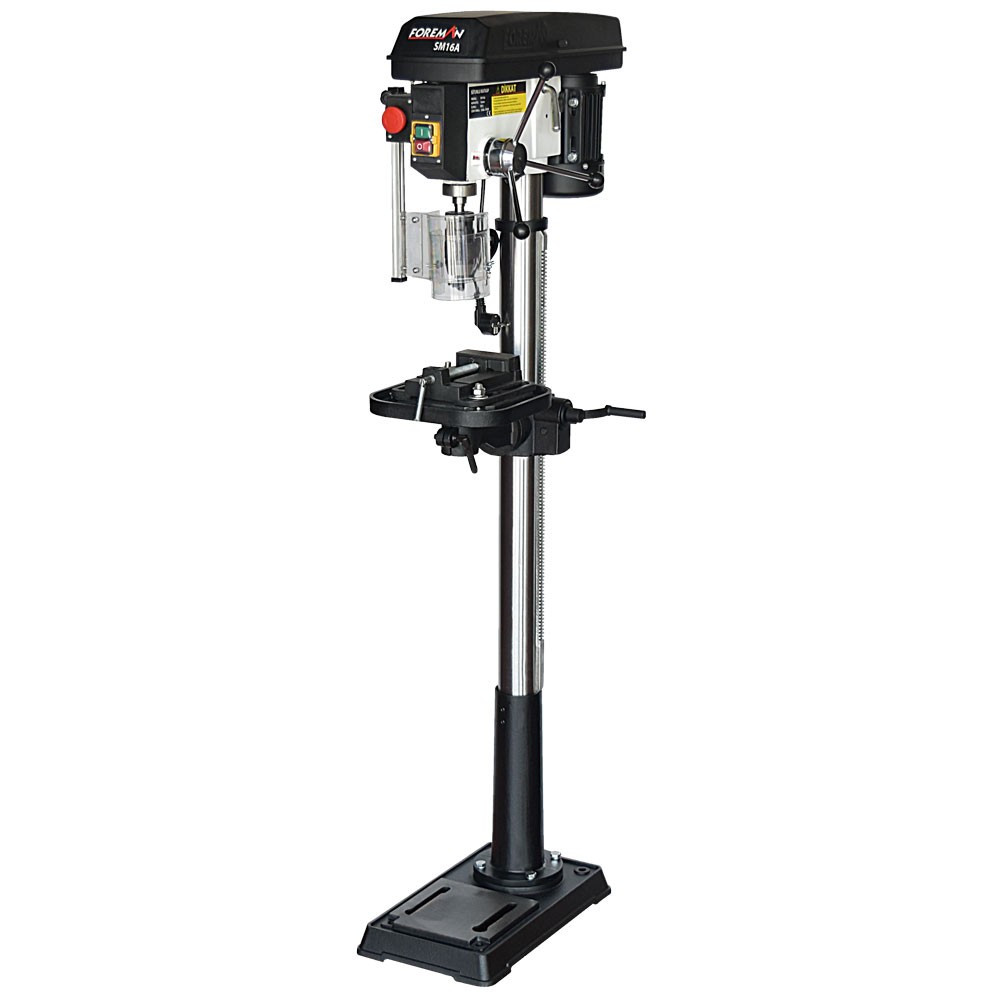
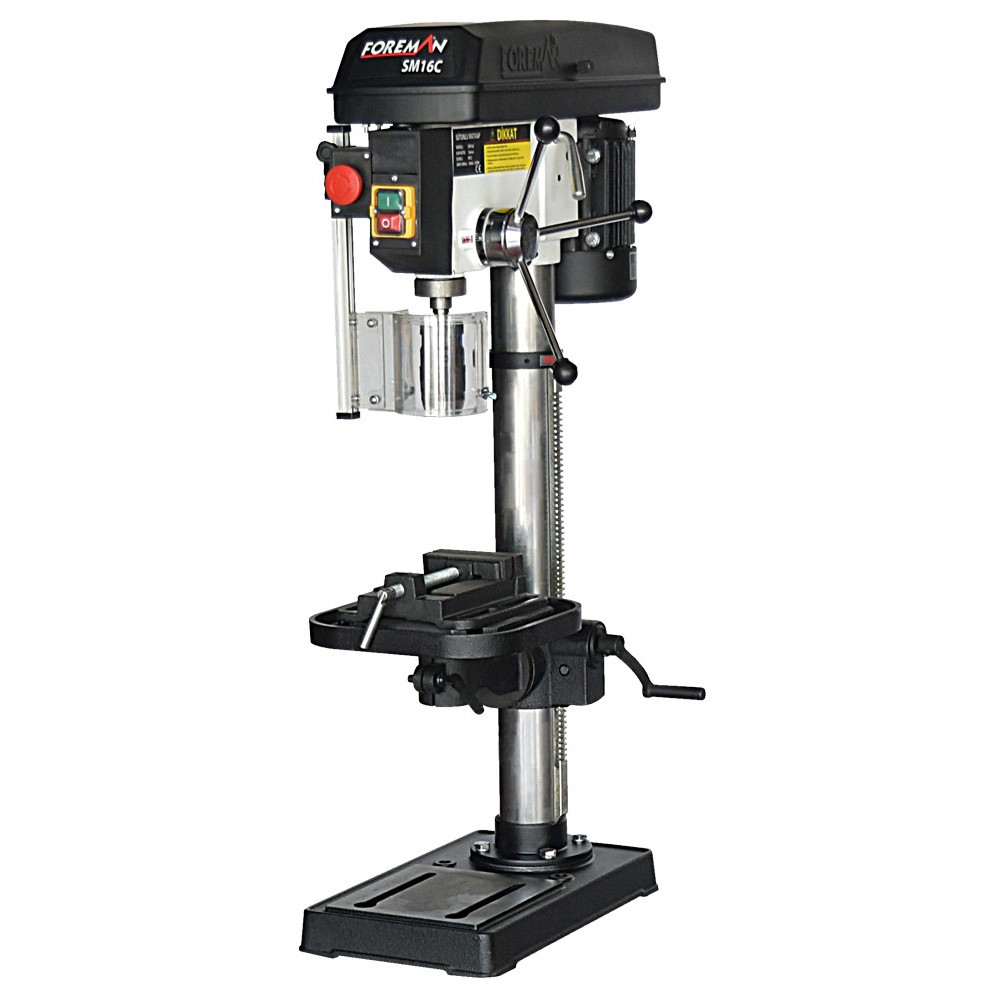
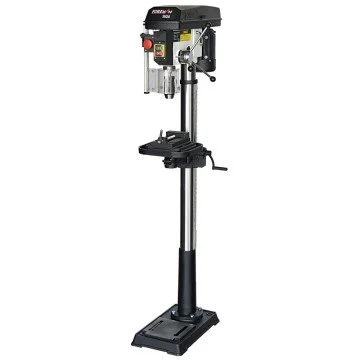
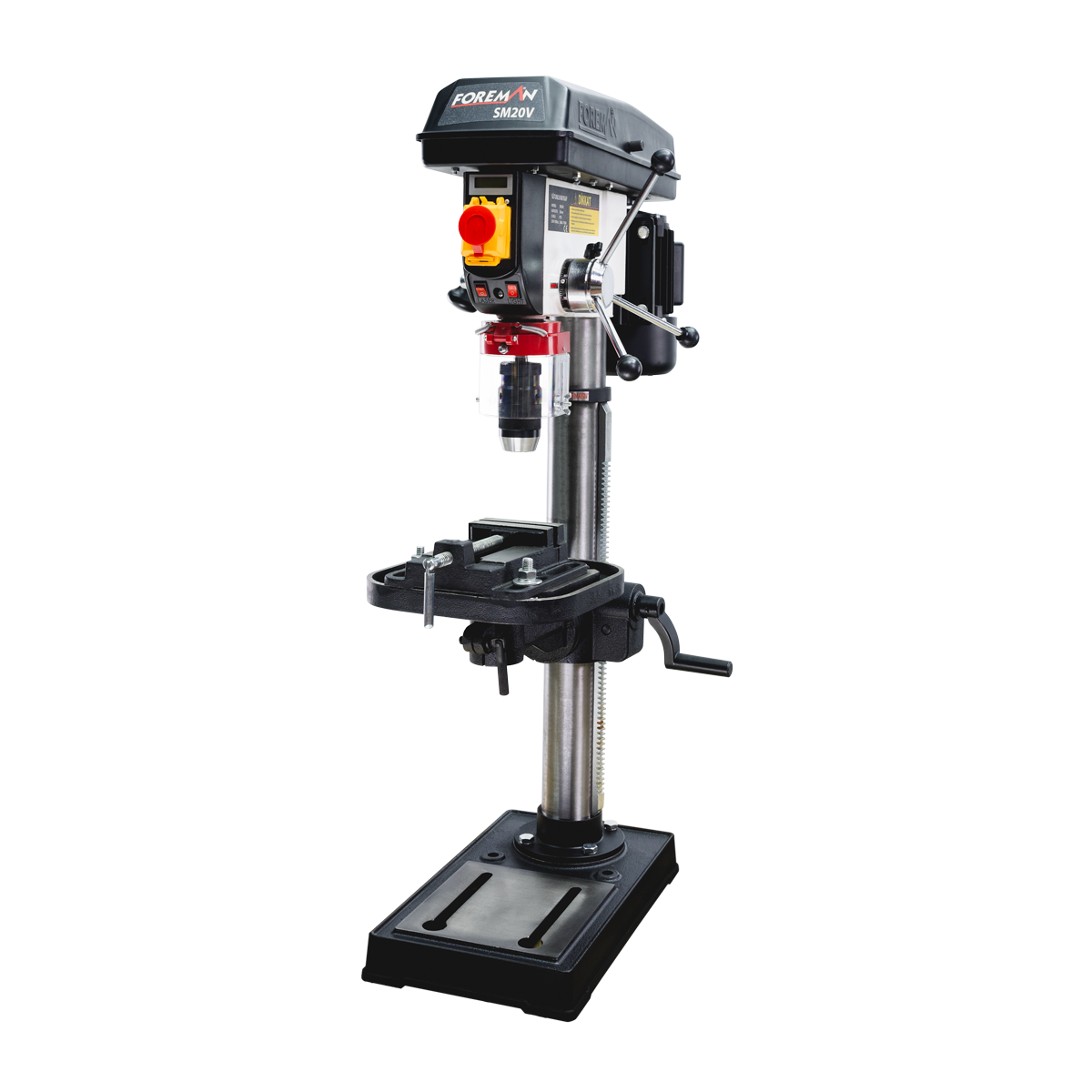
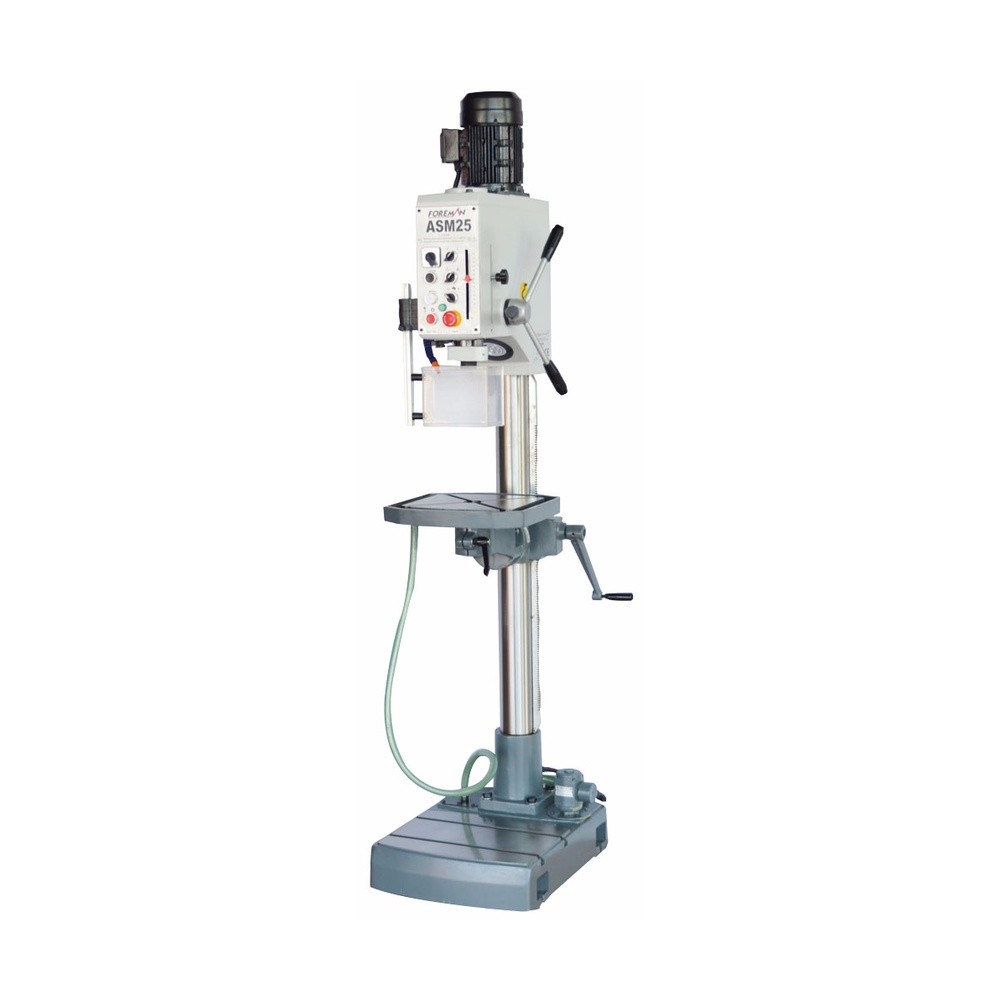
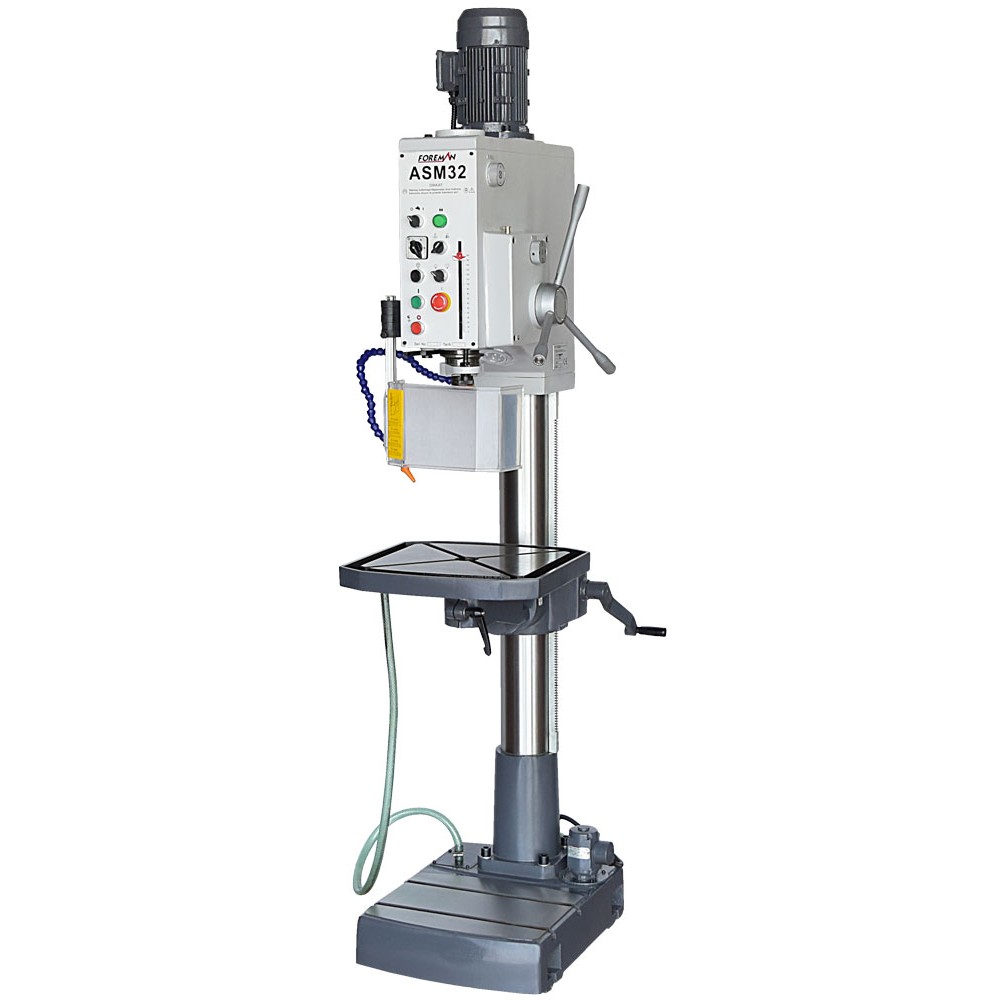
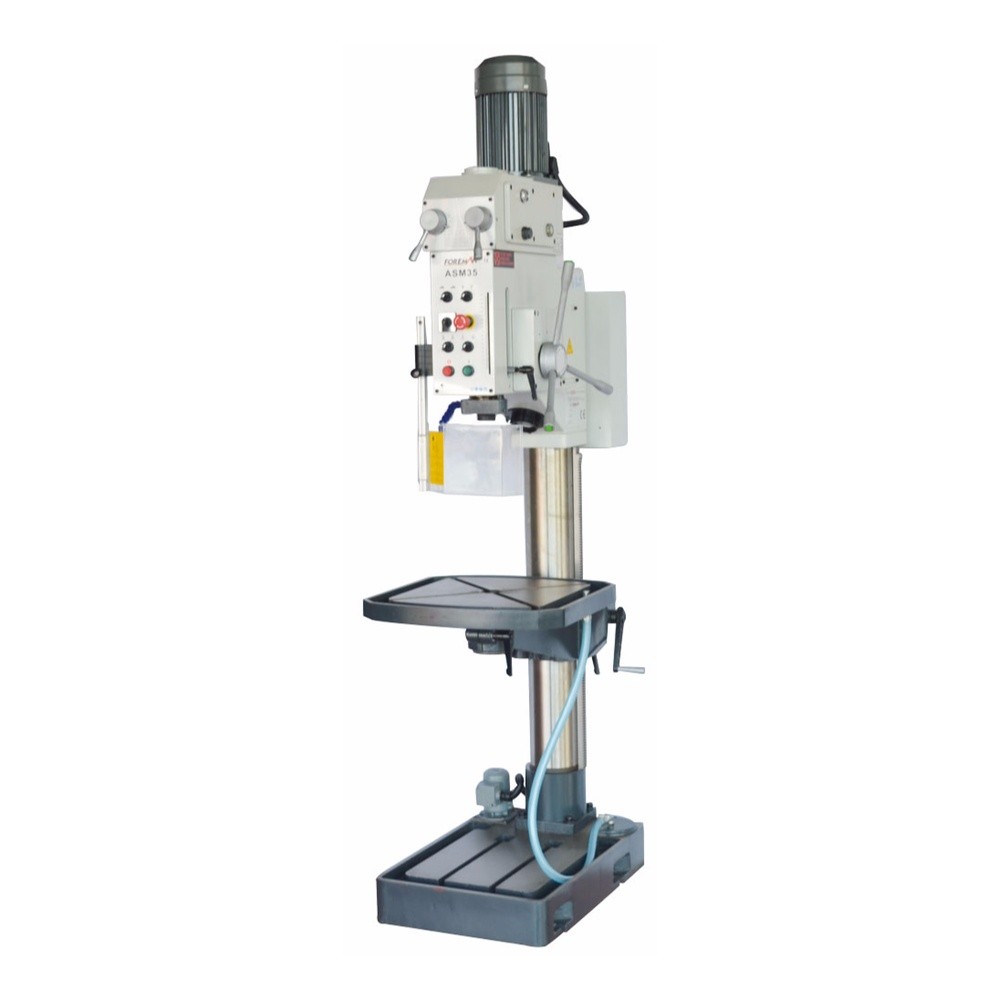
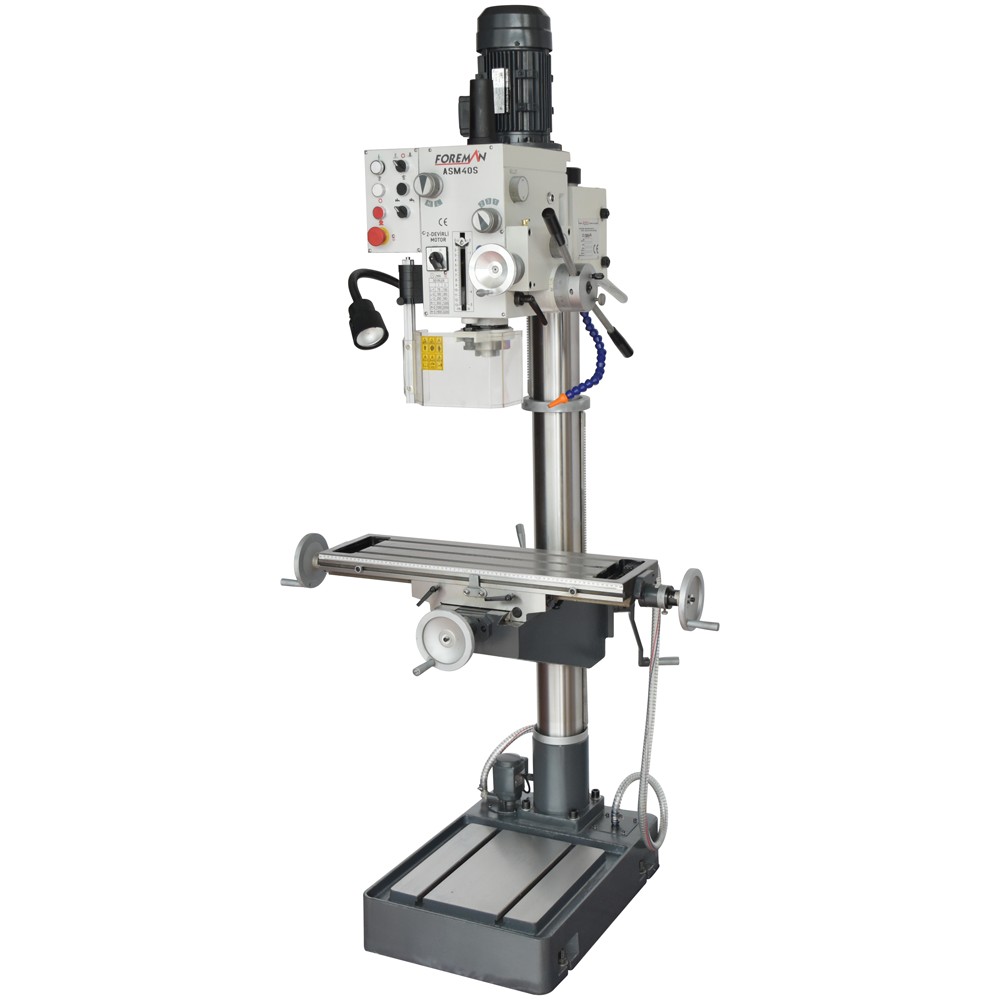
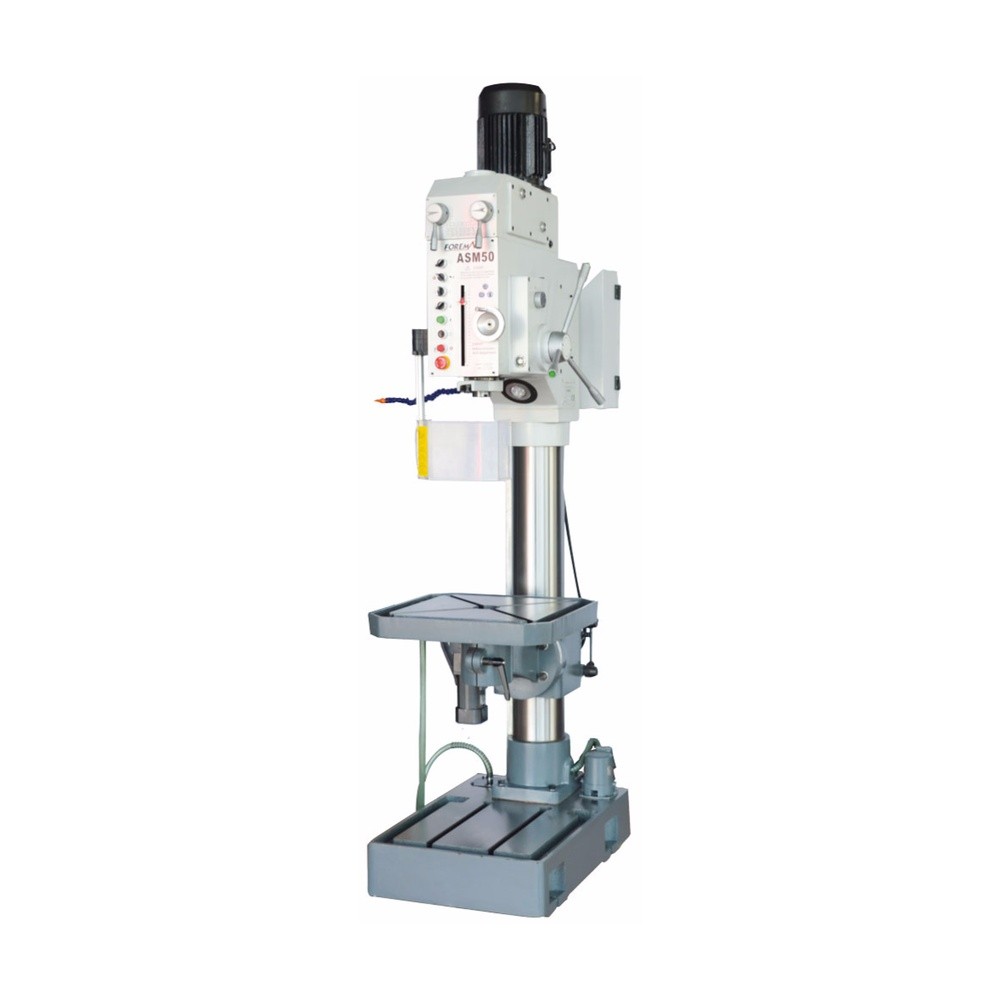
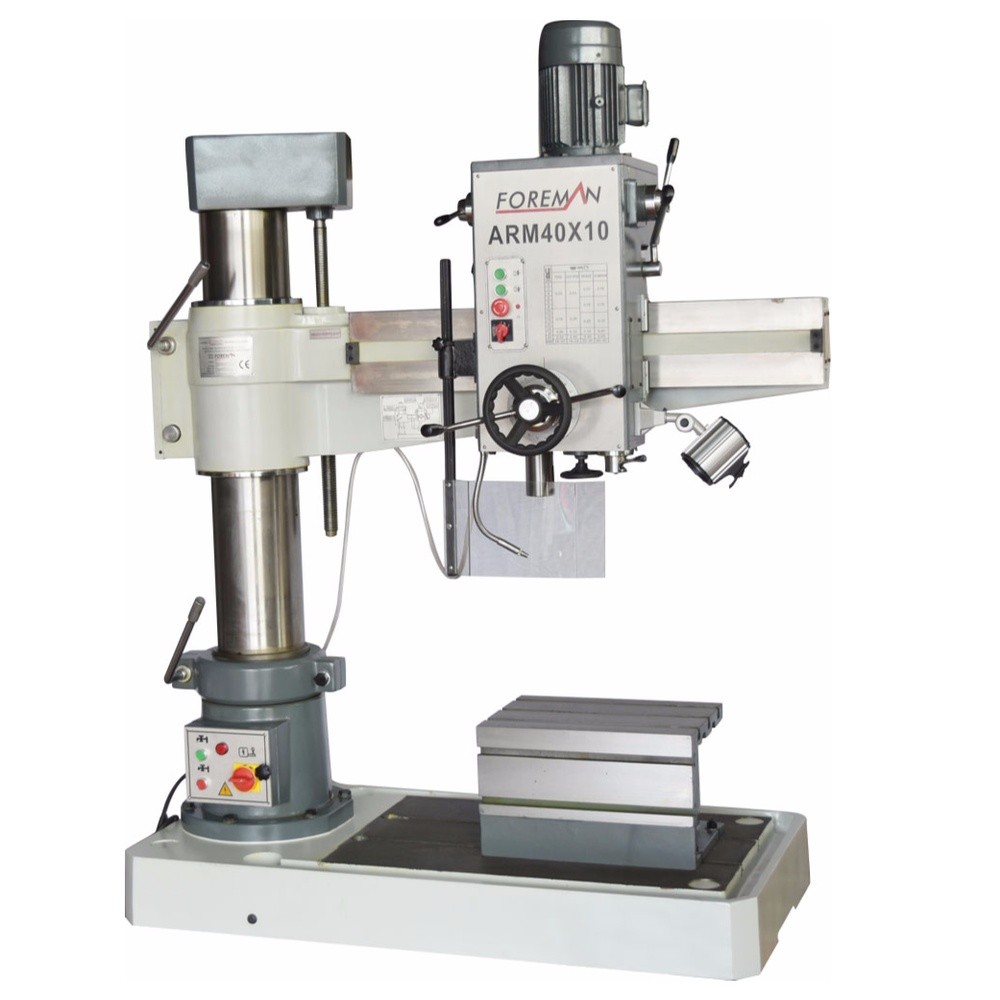
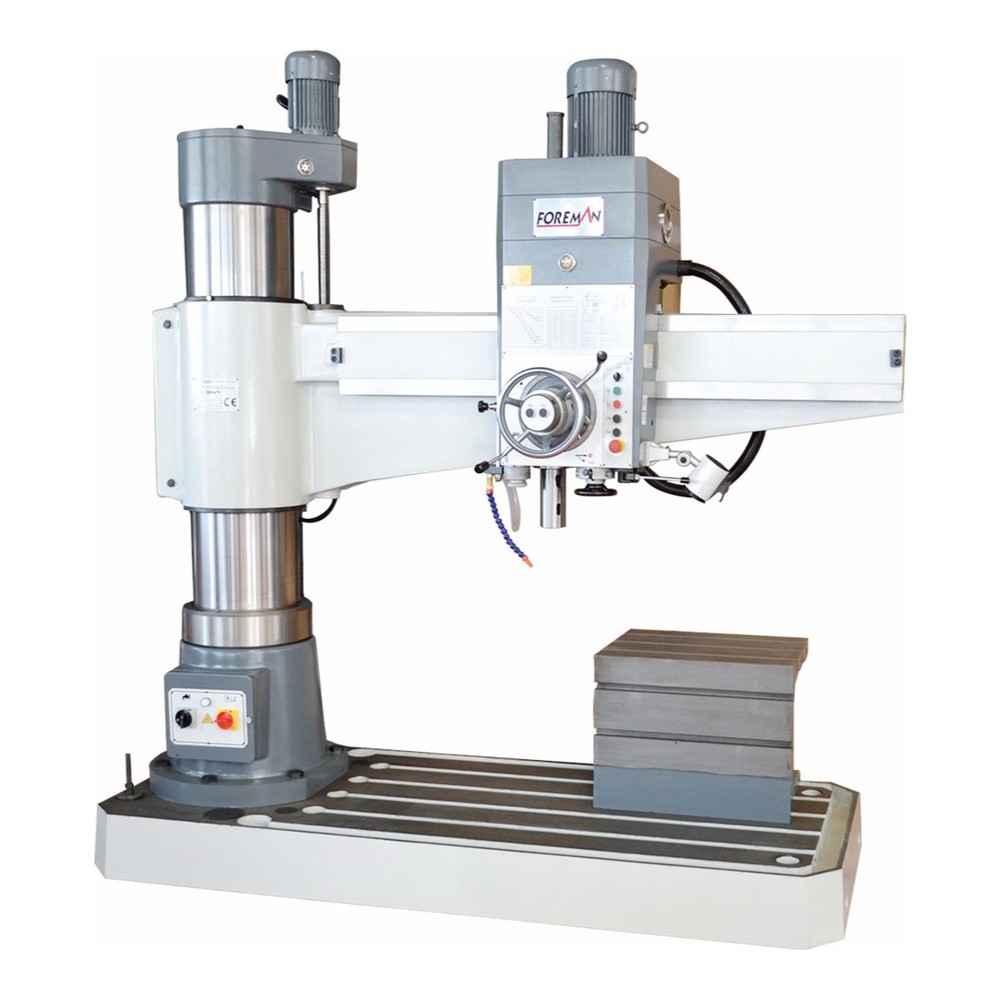
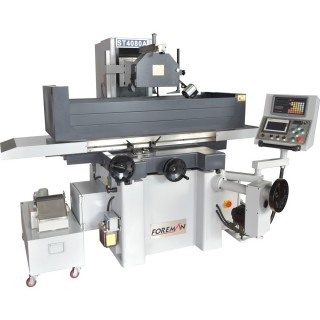
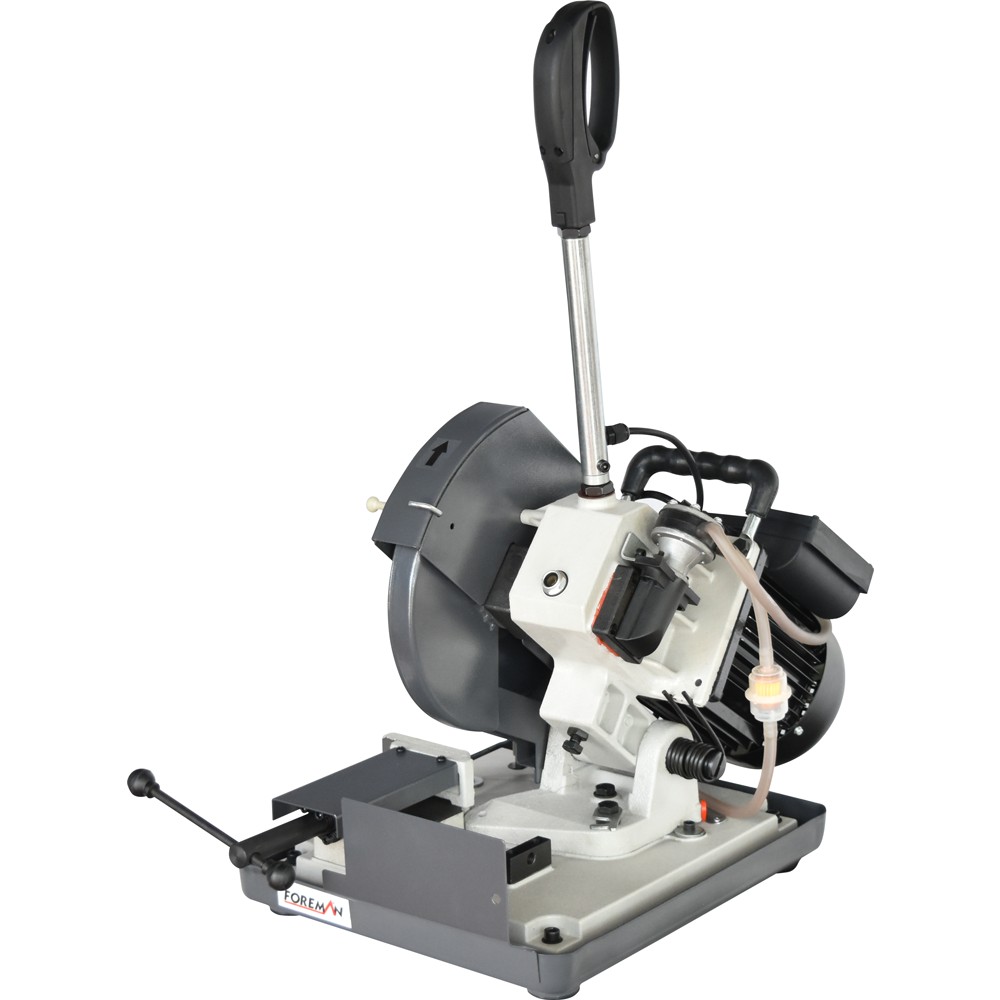
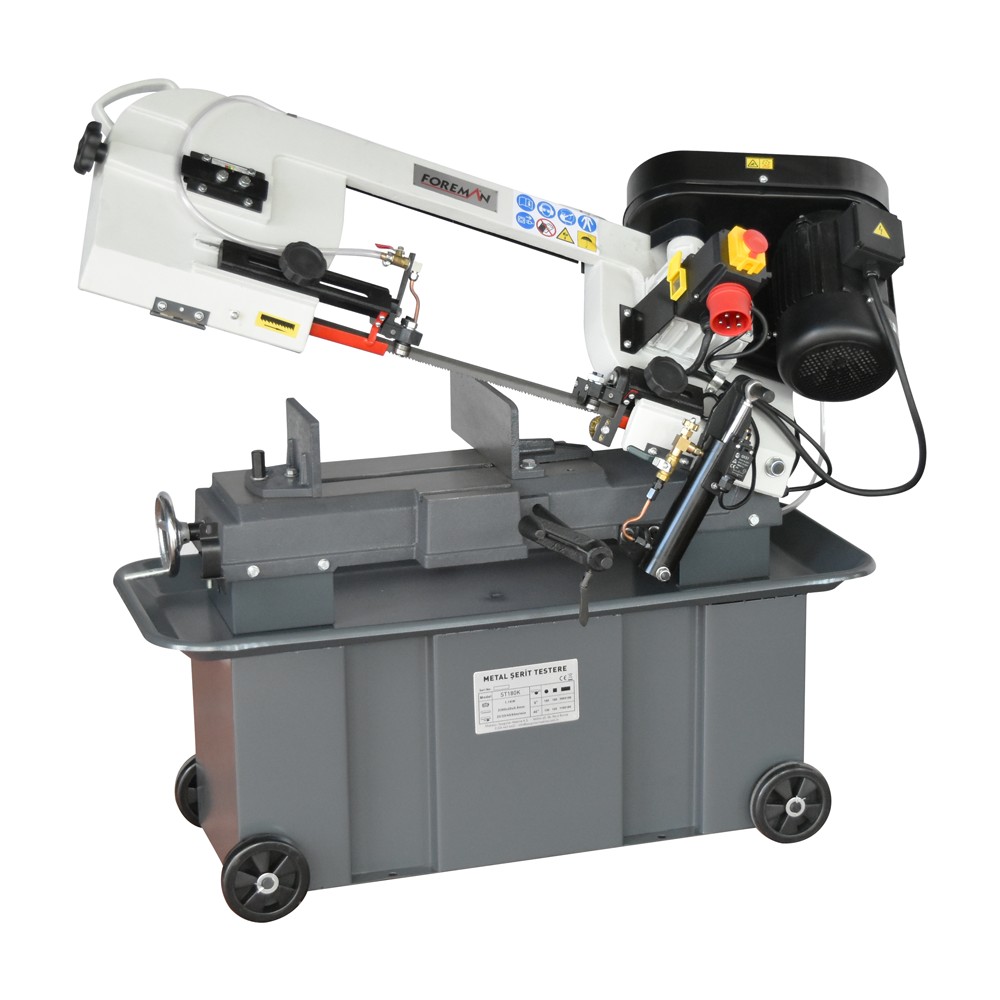
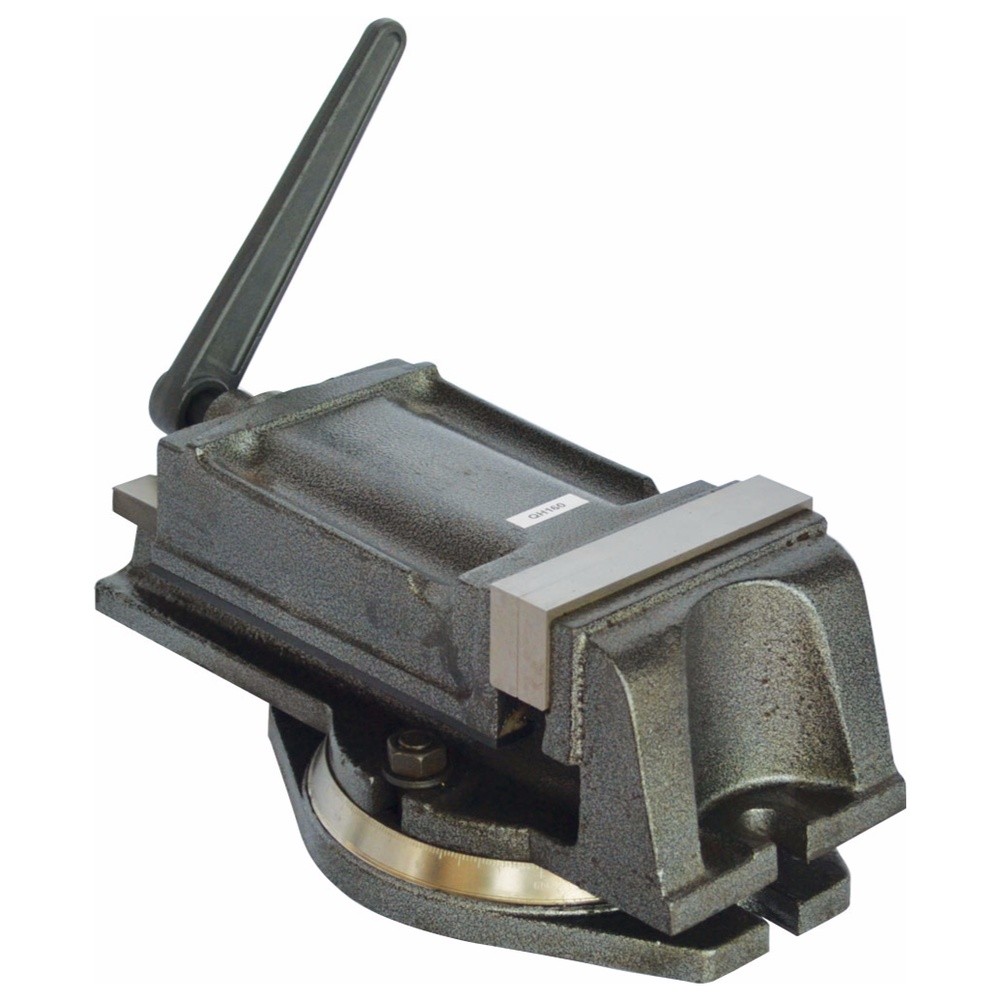
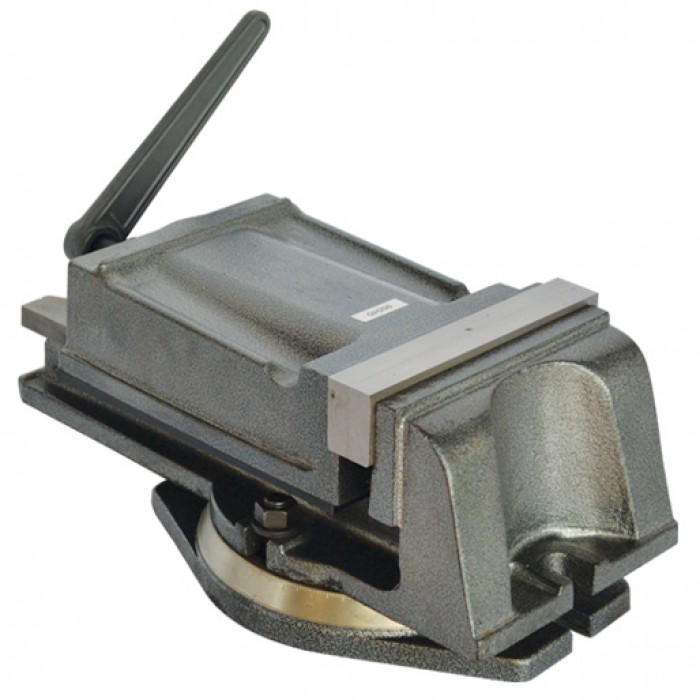
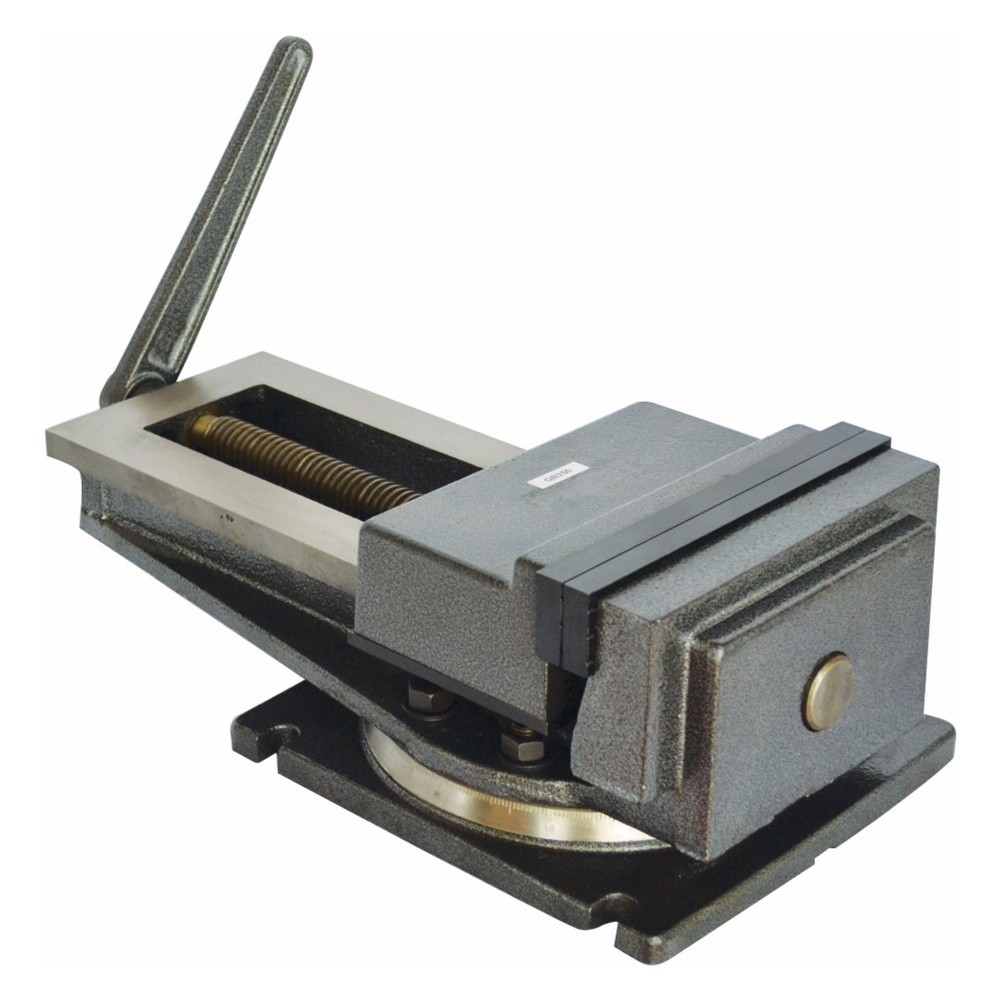
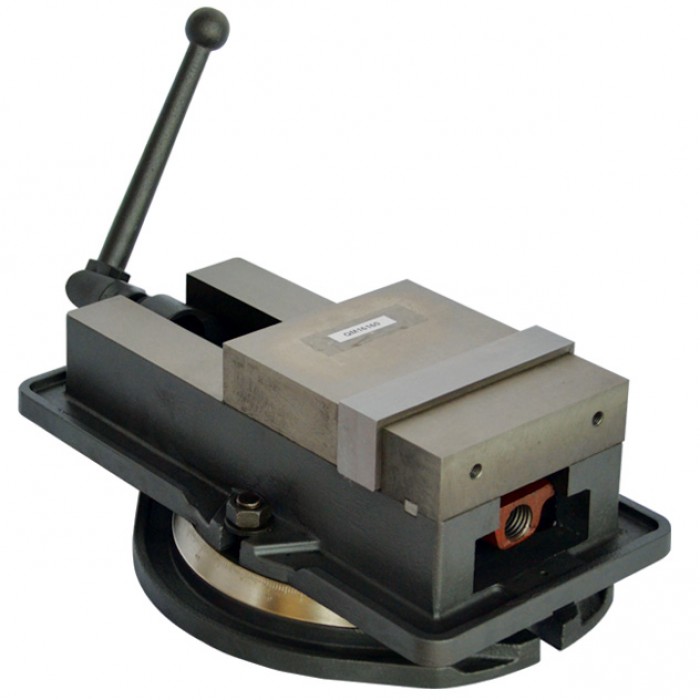
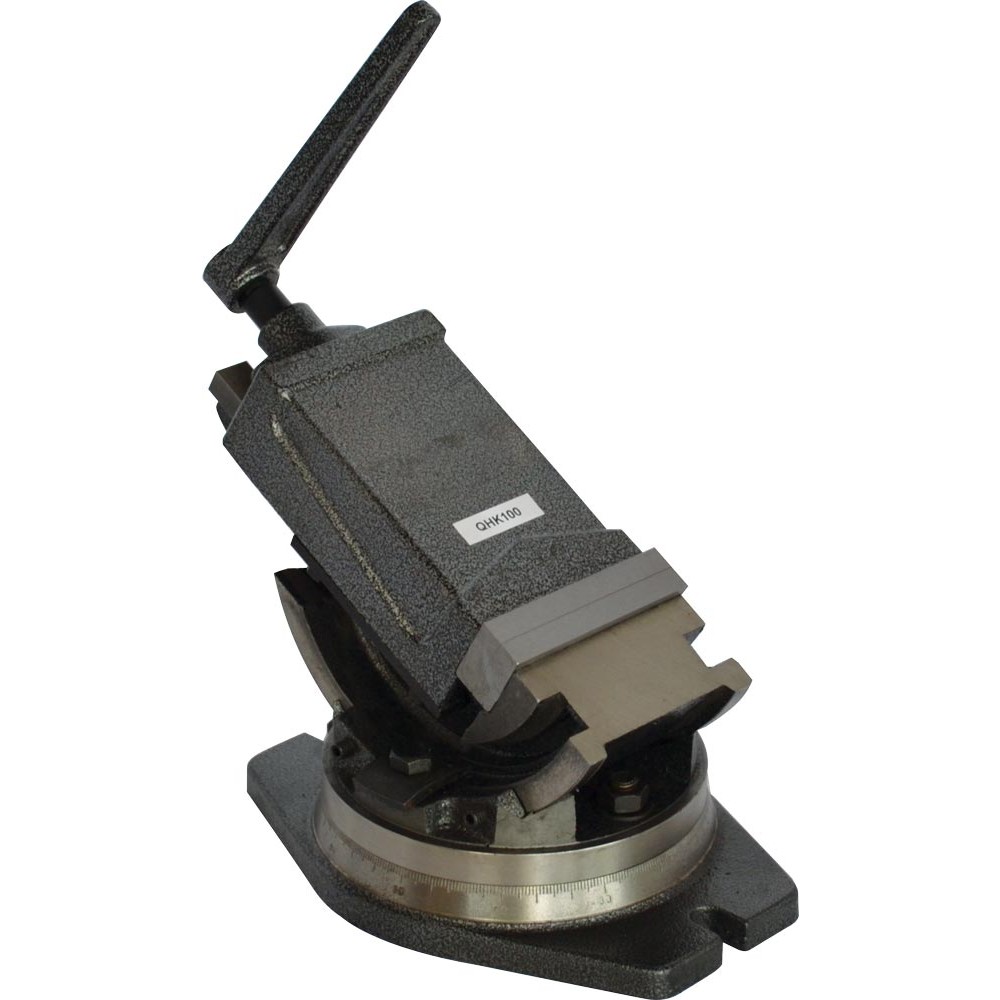
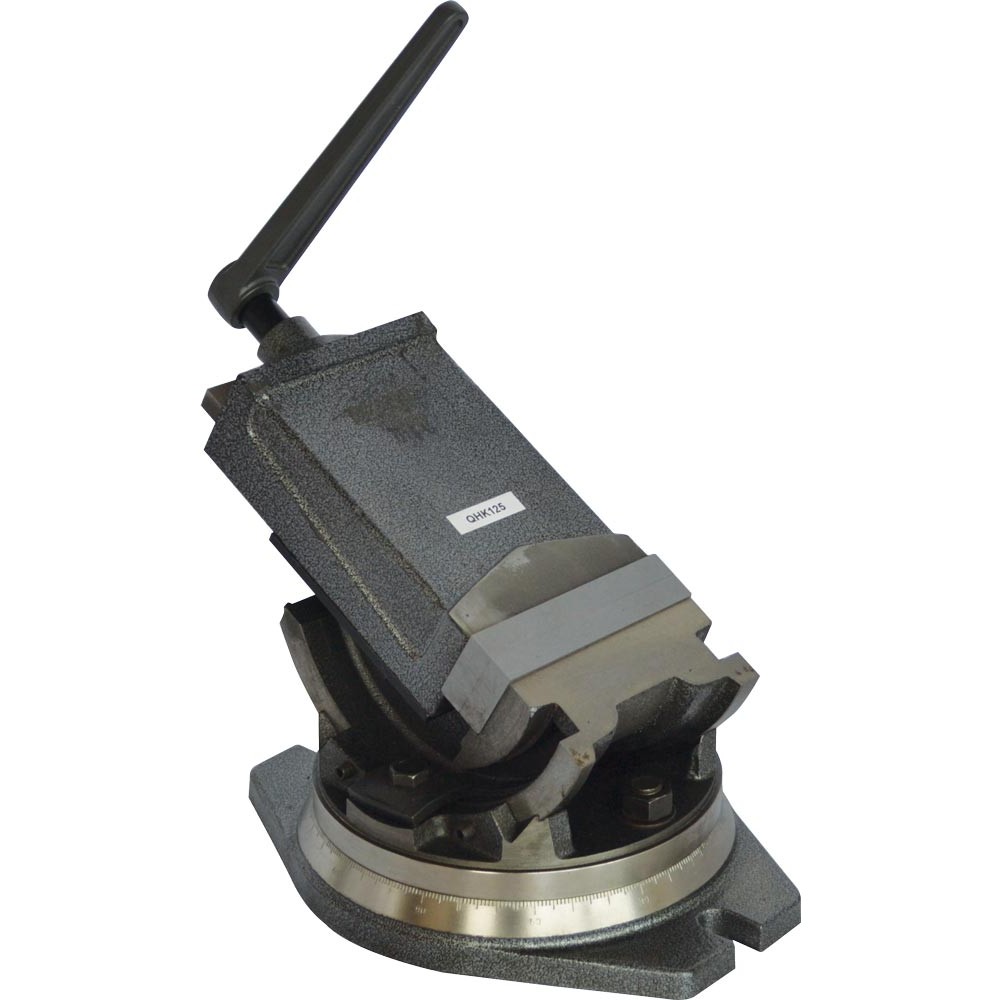
_zkmmzopp1k.jpg)
